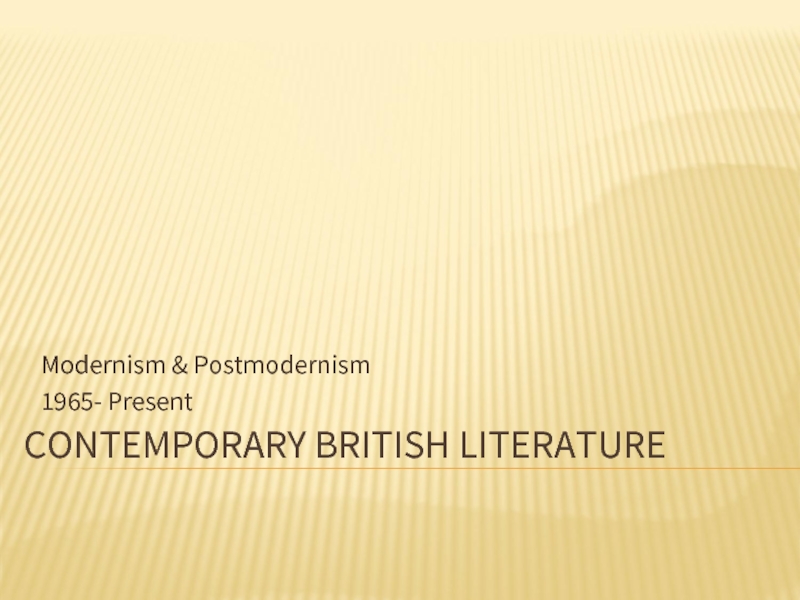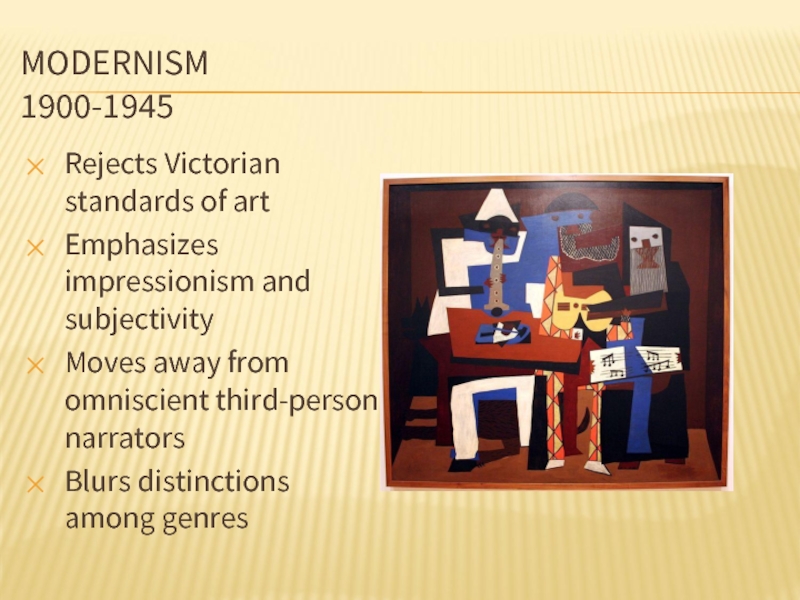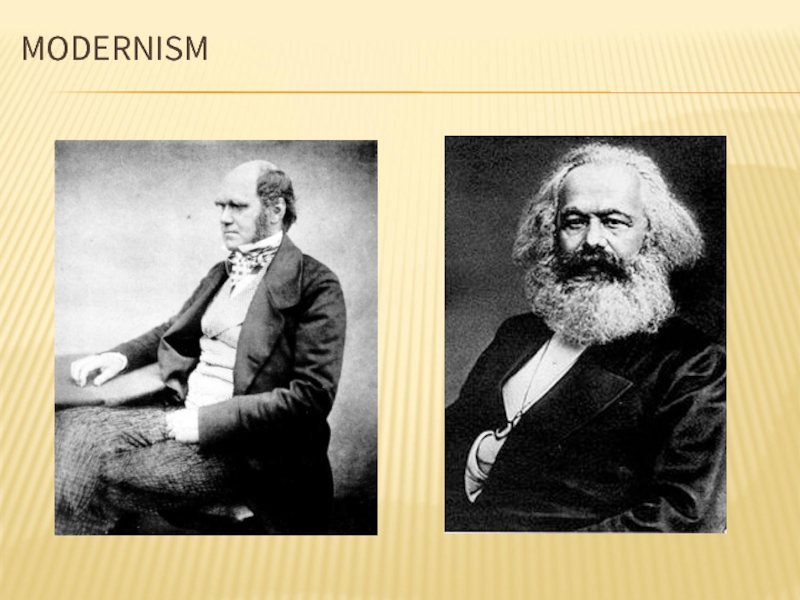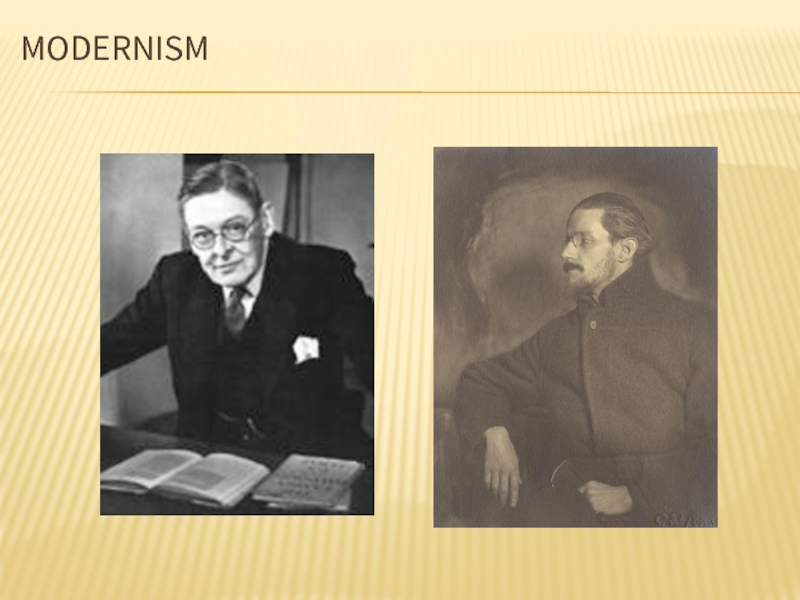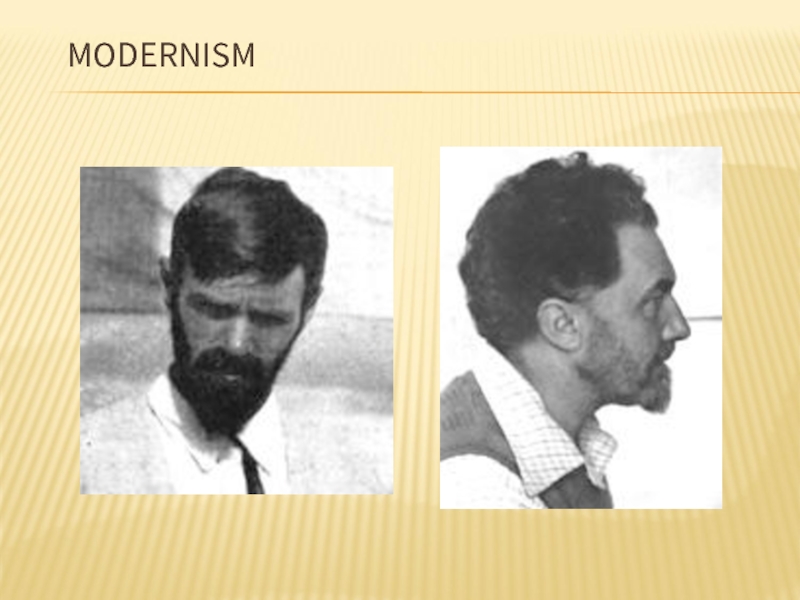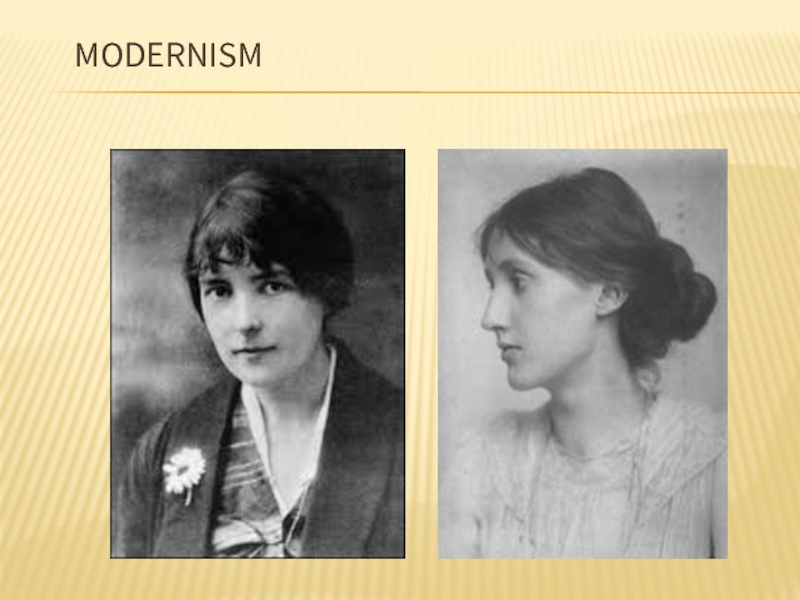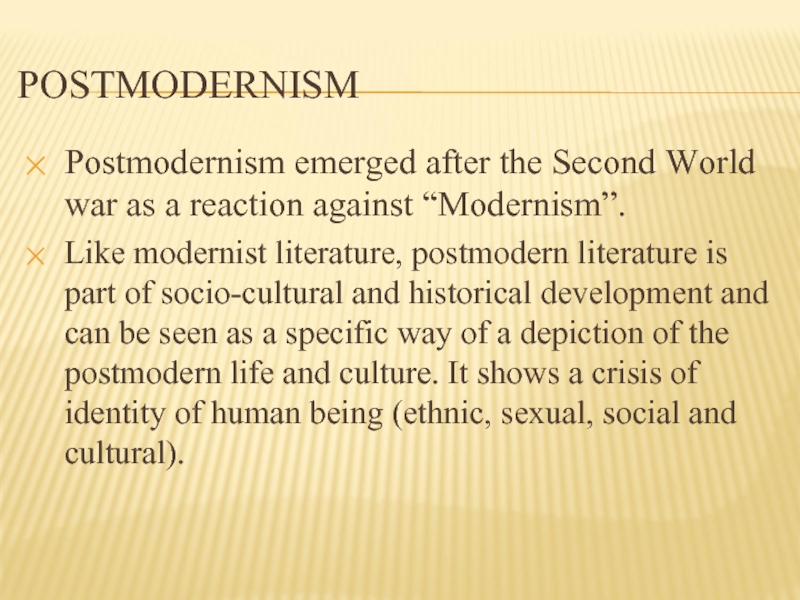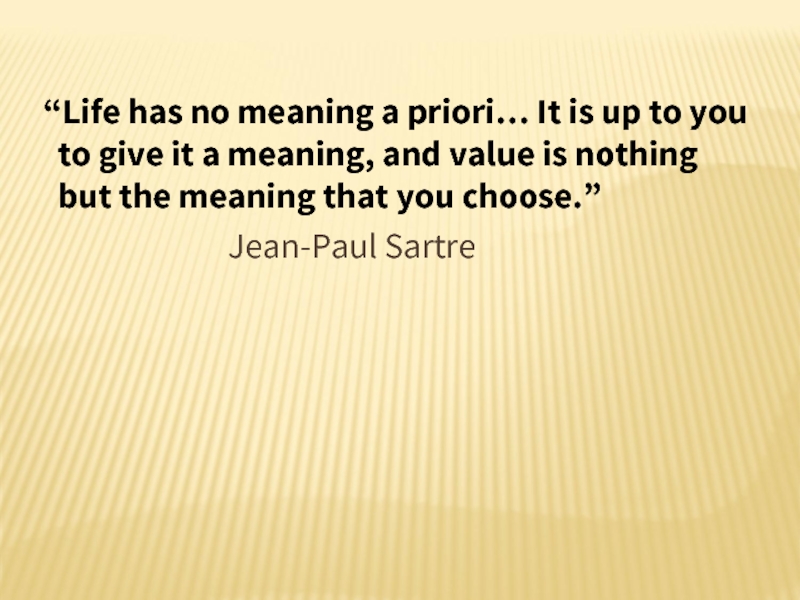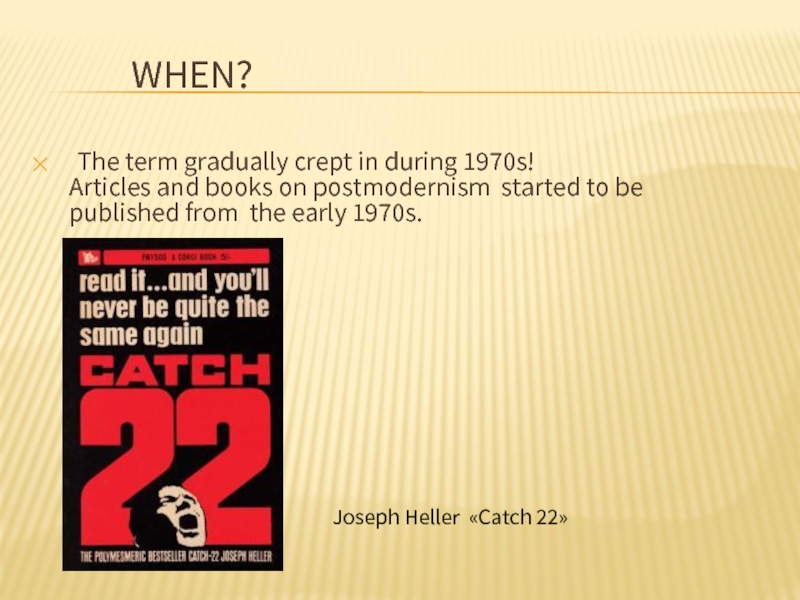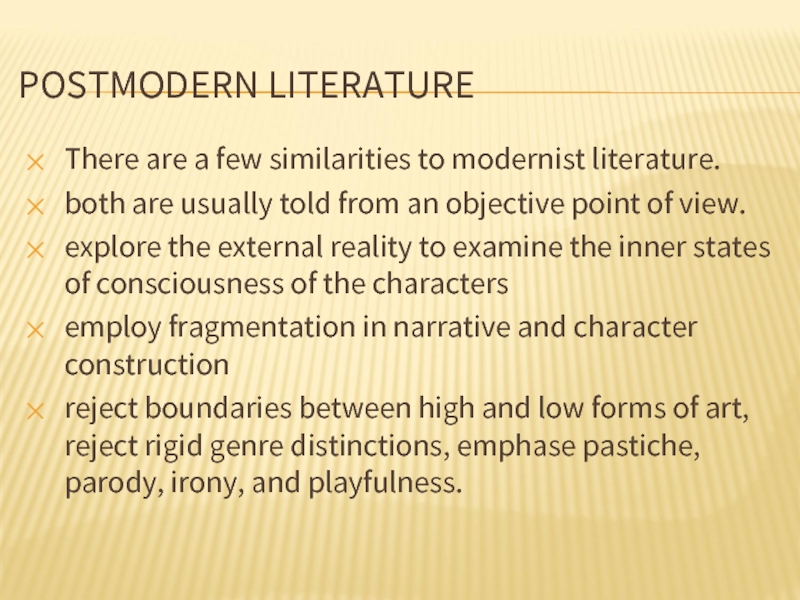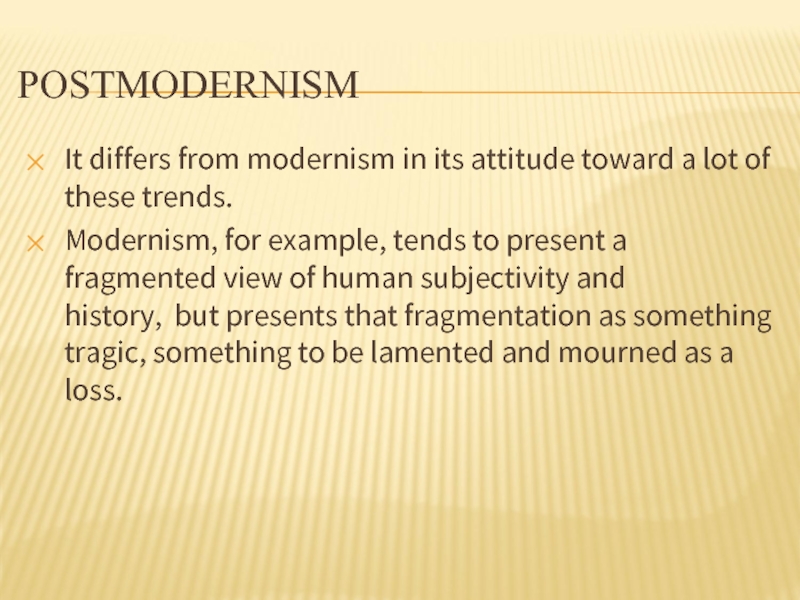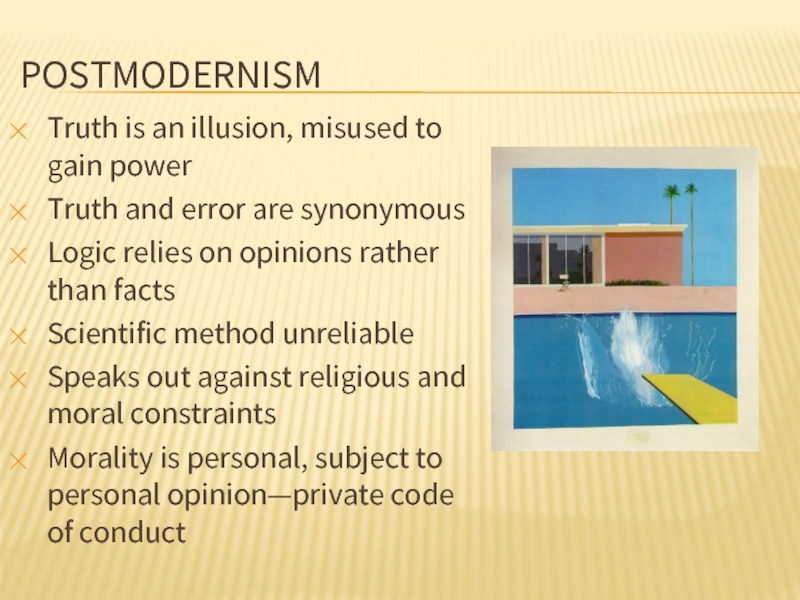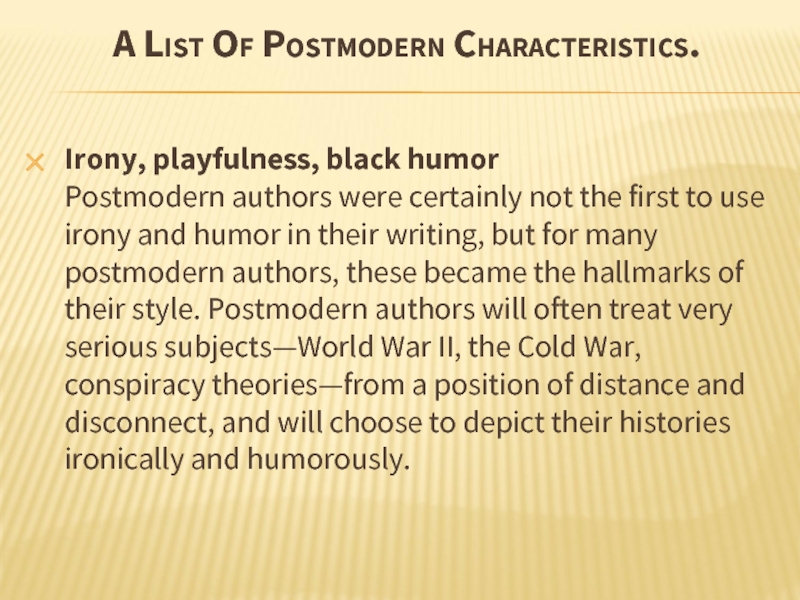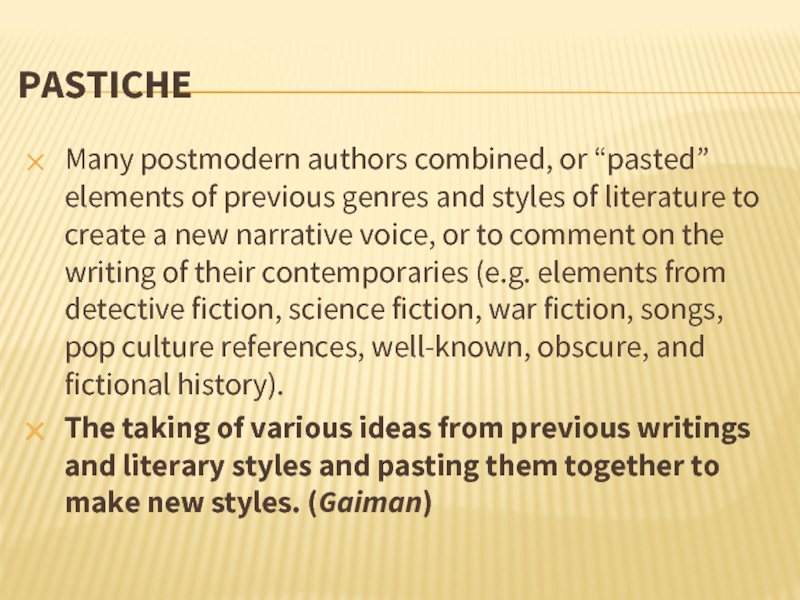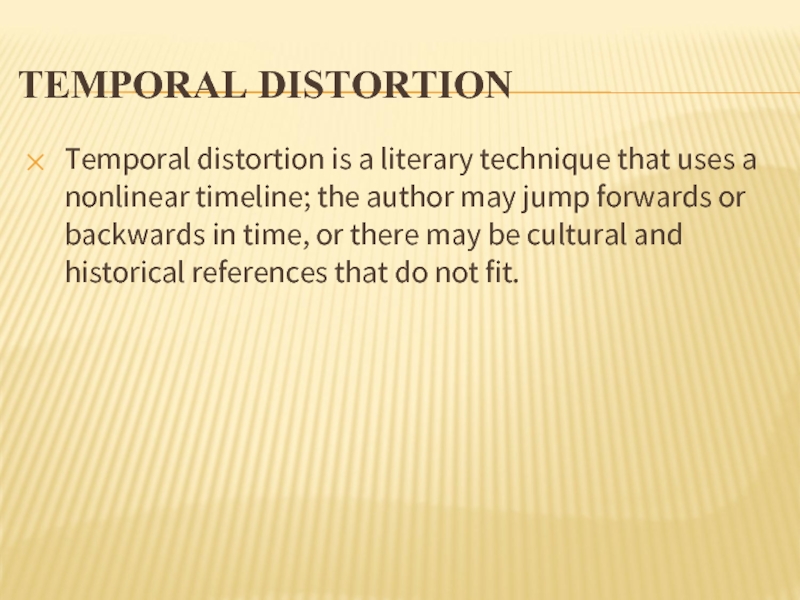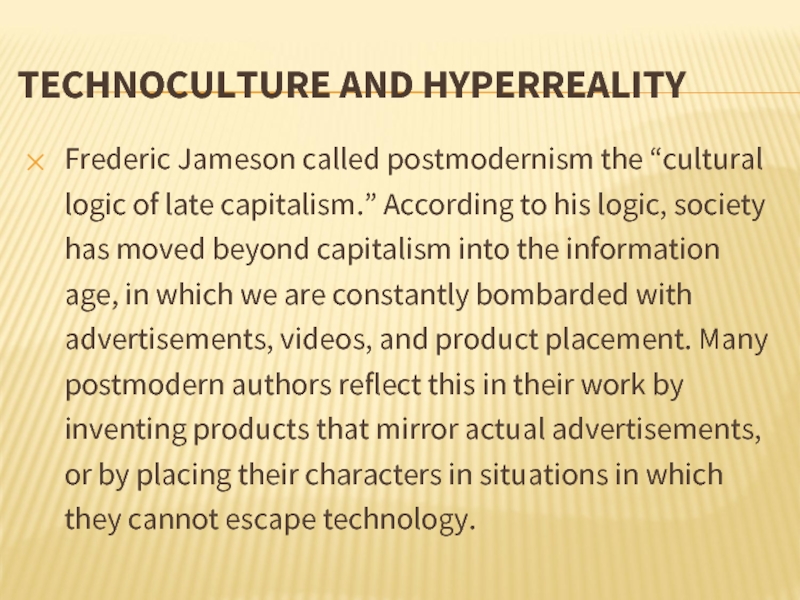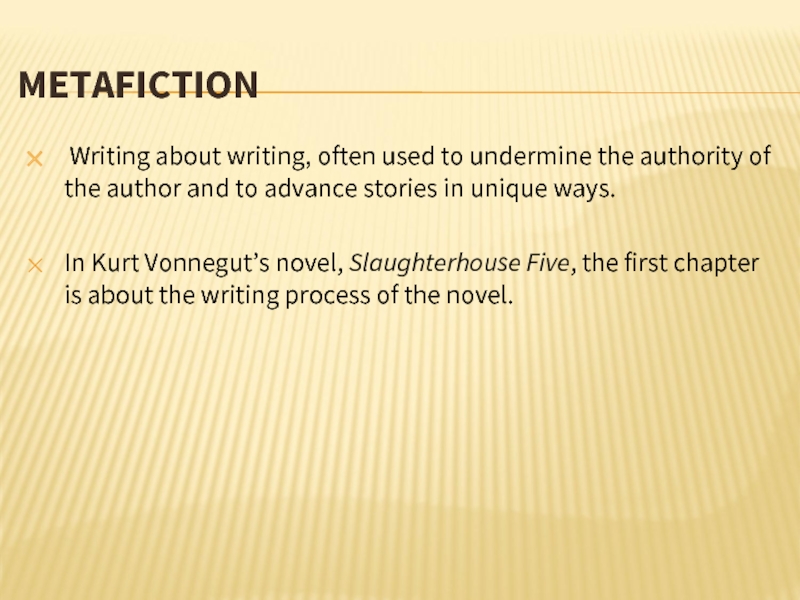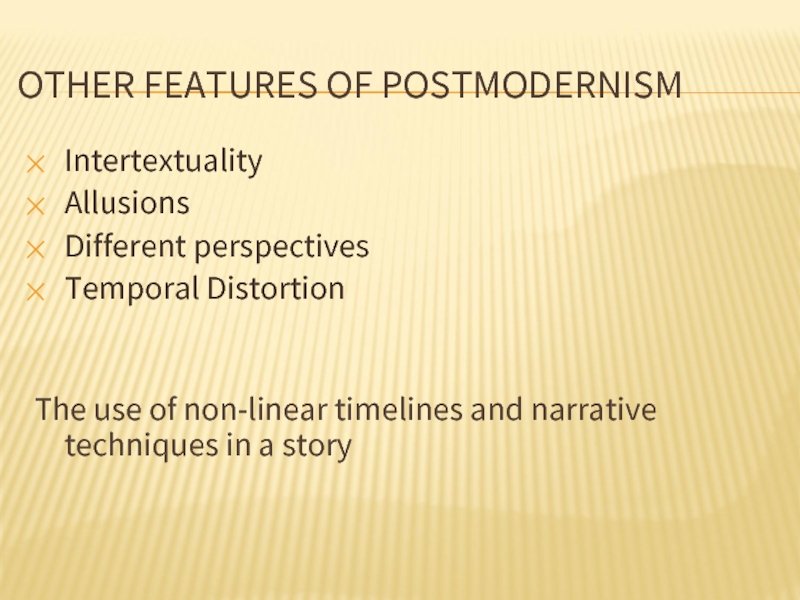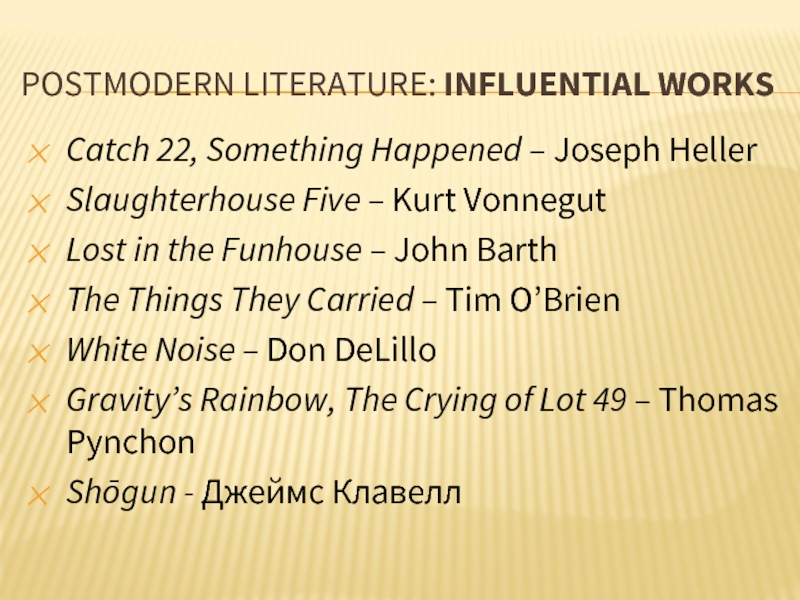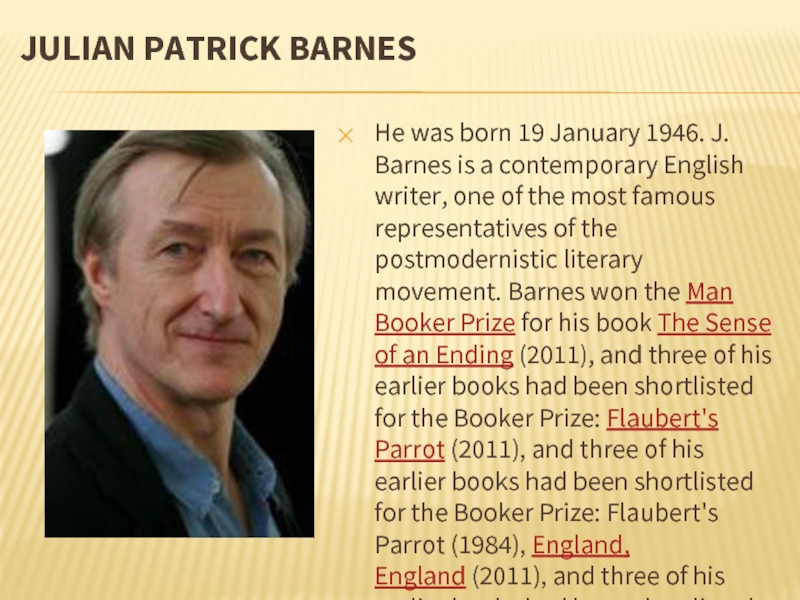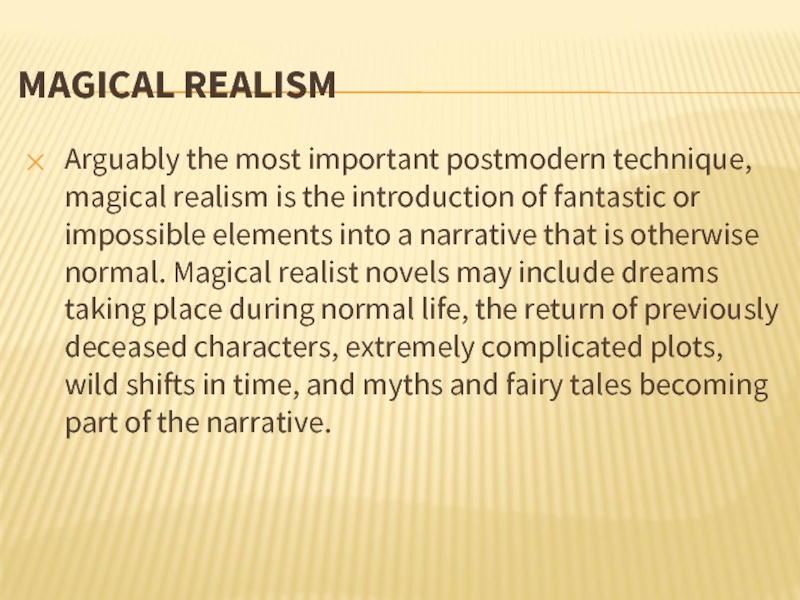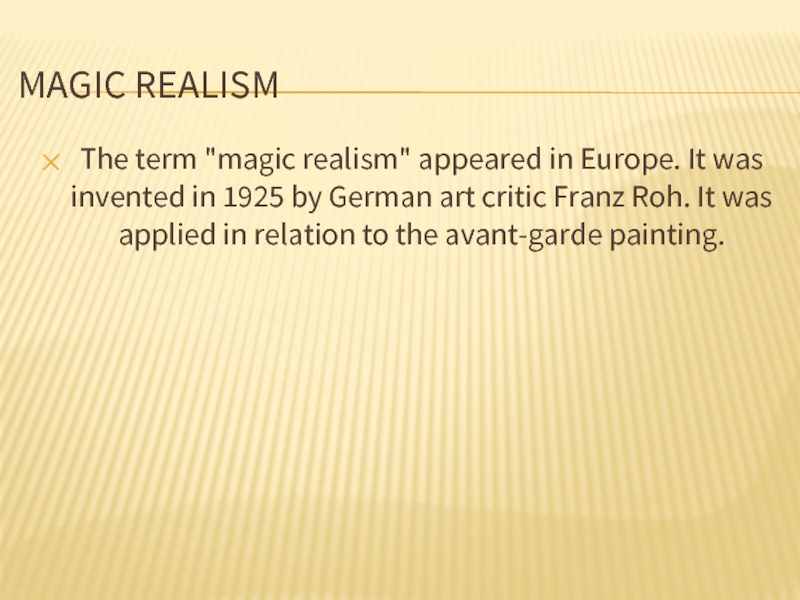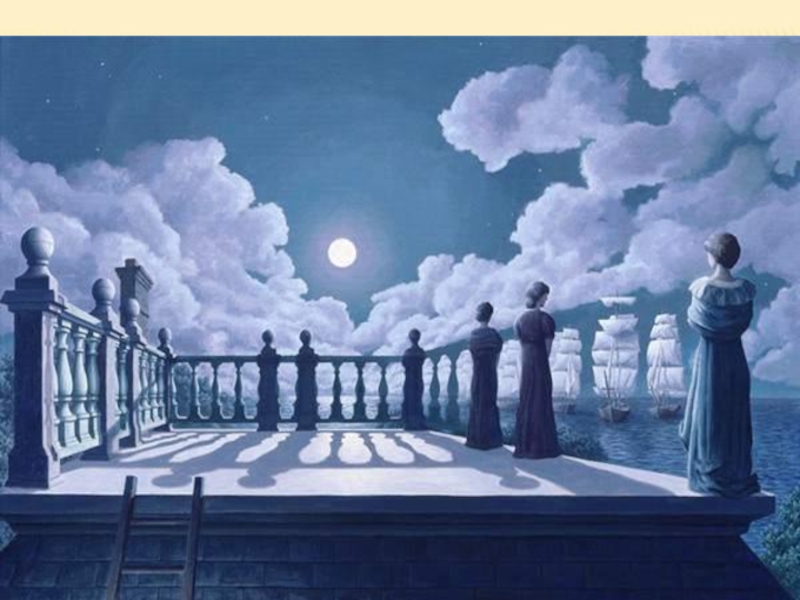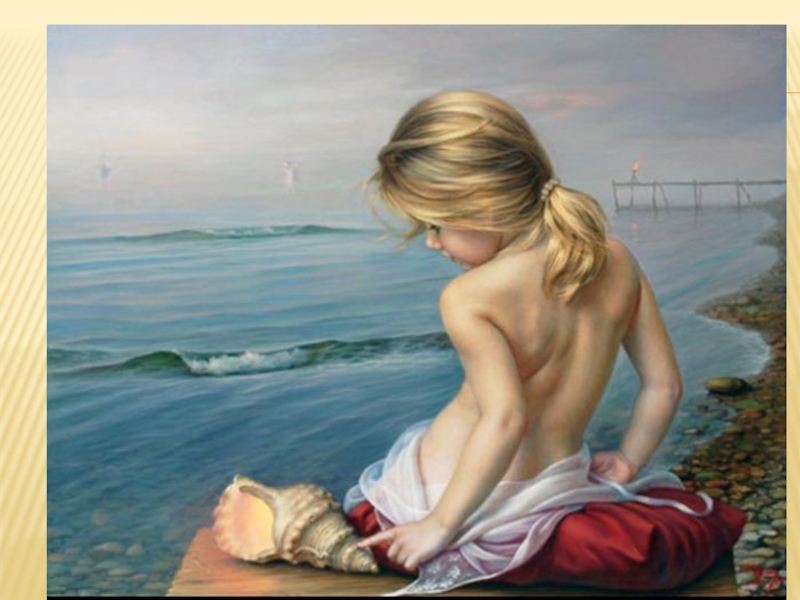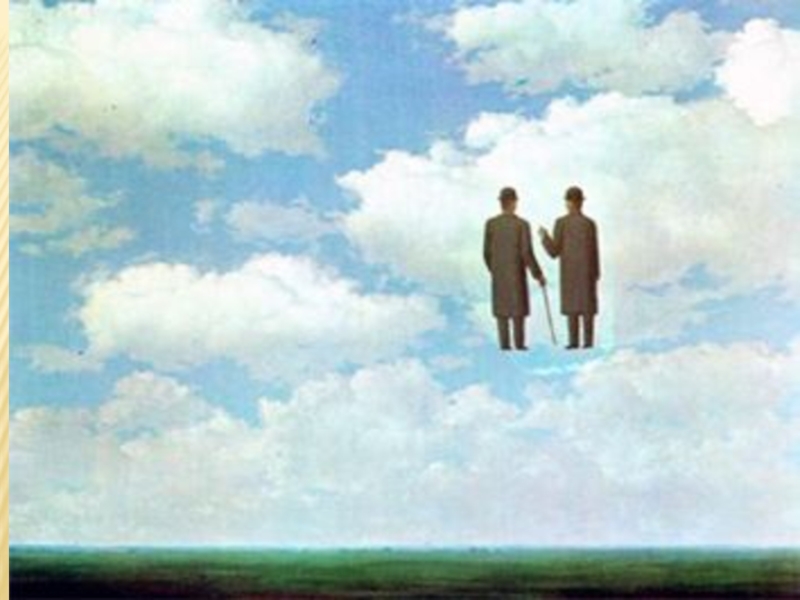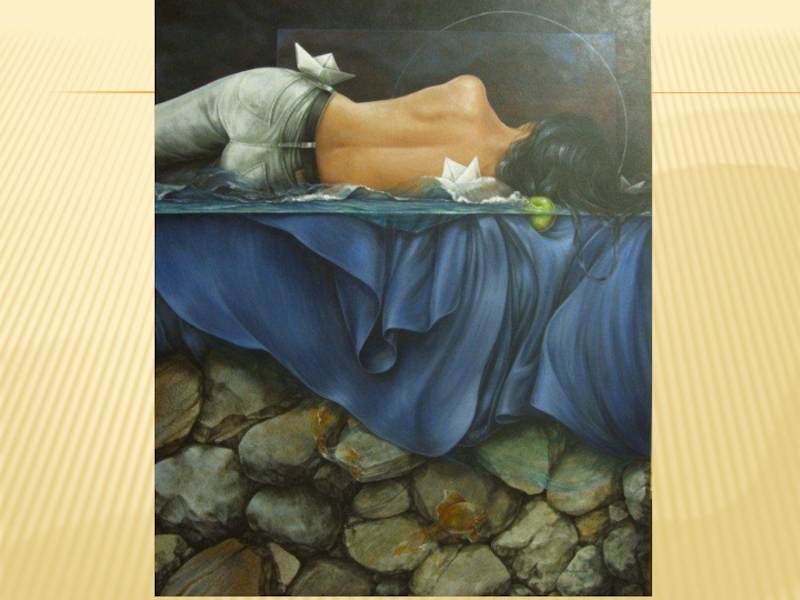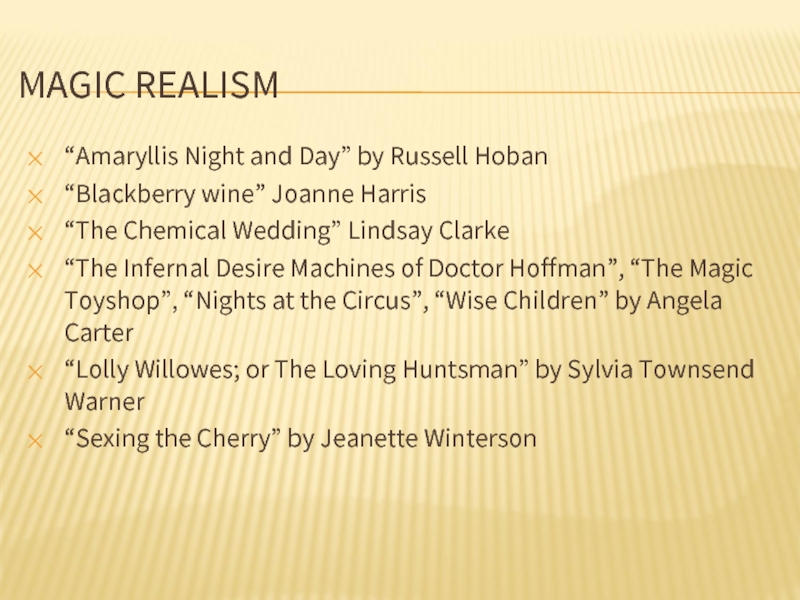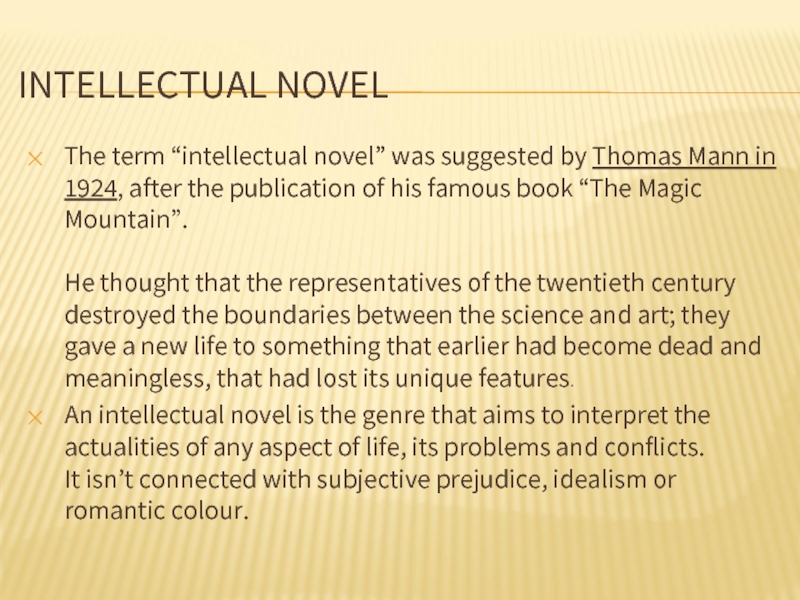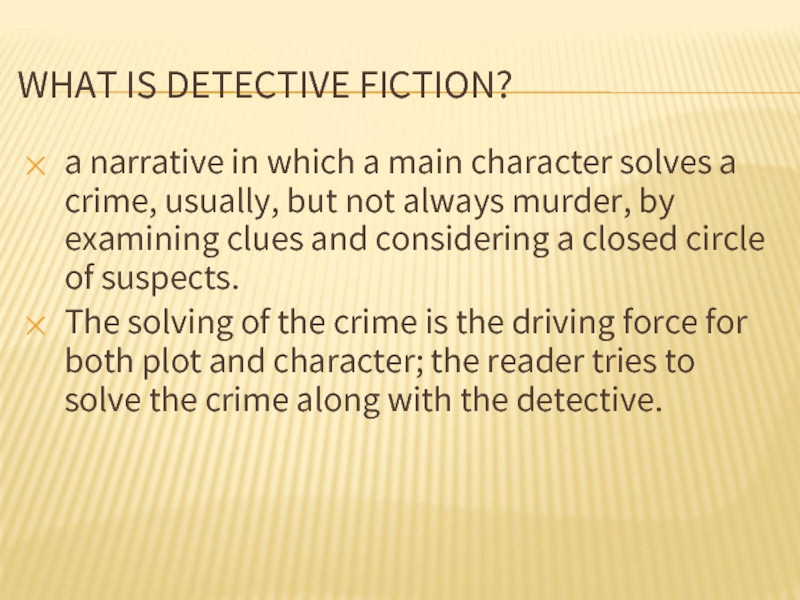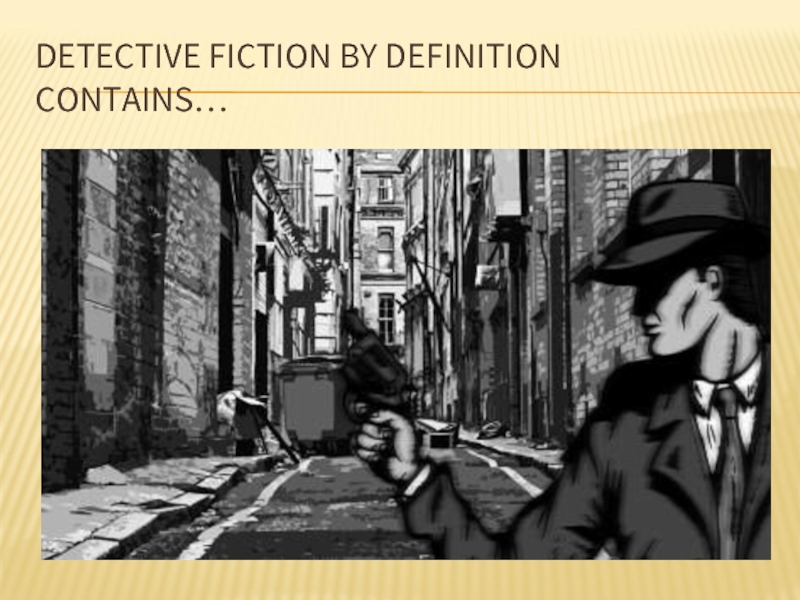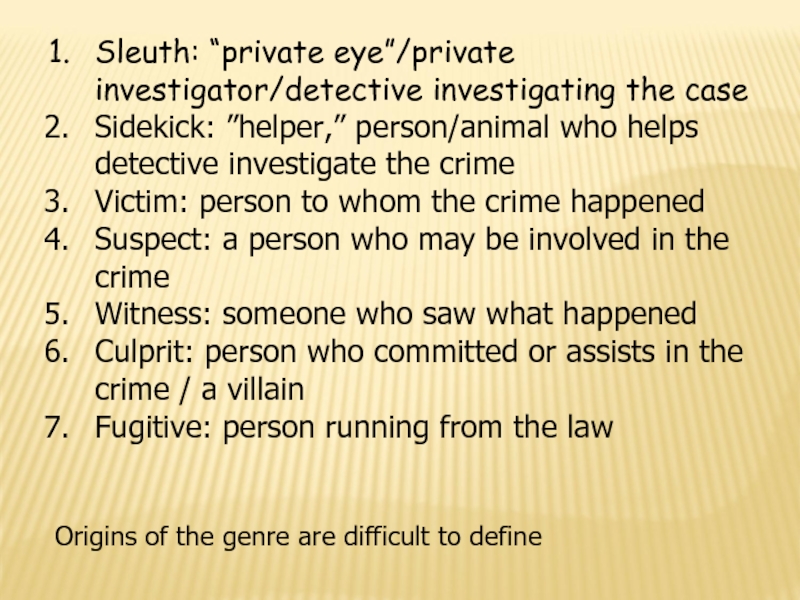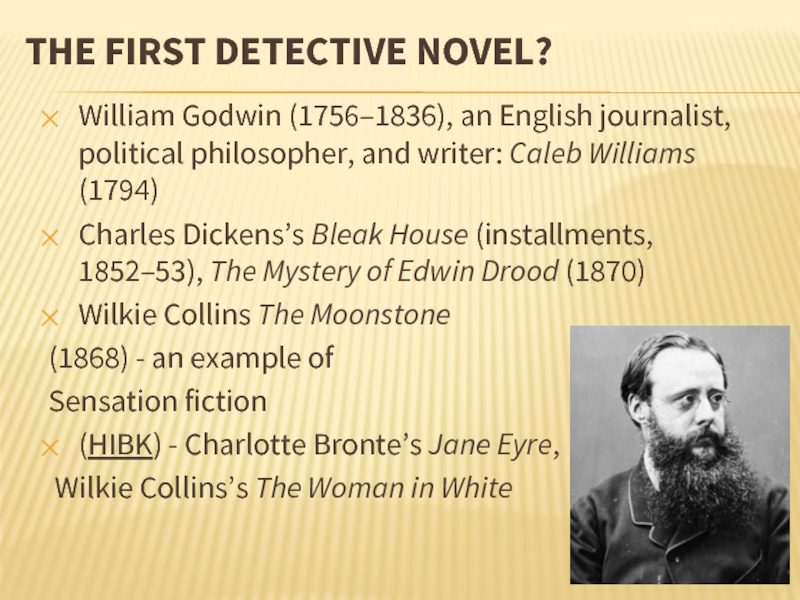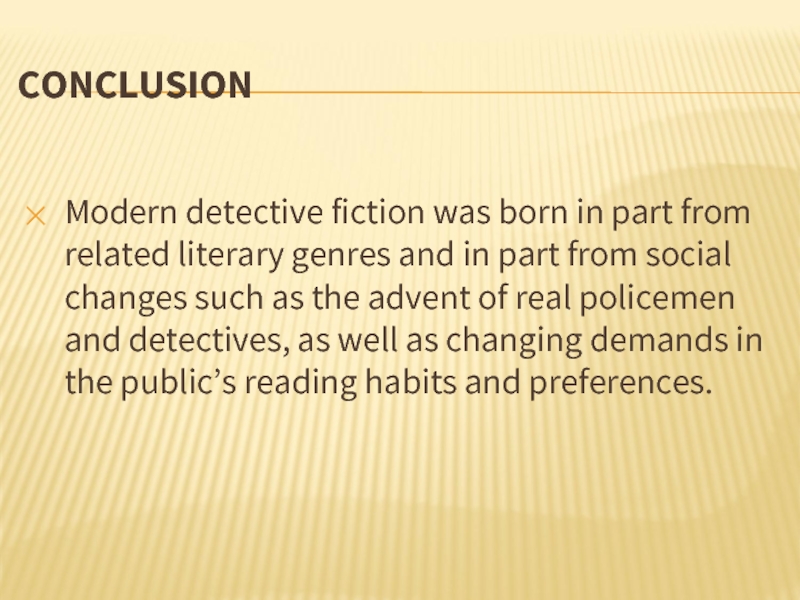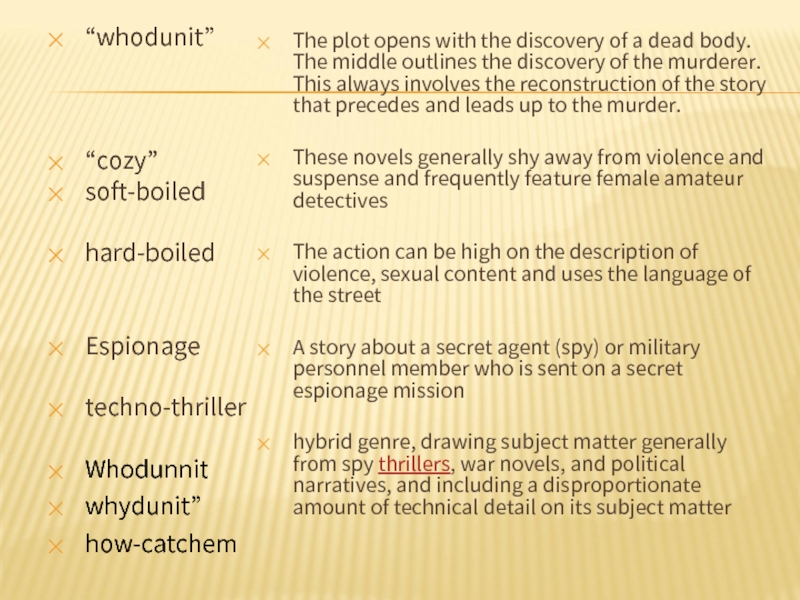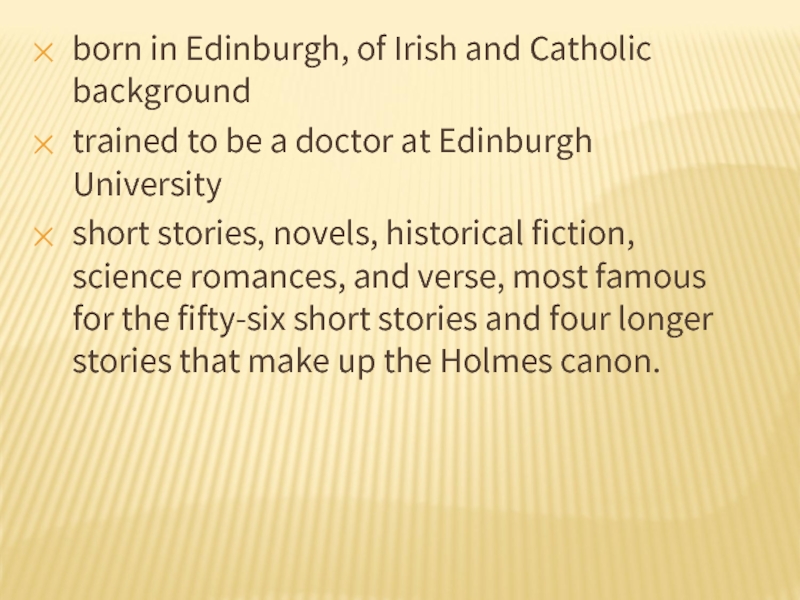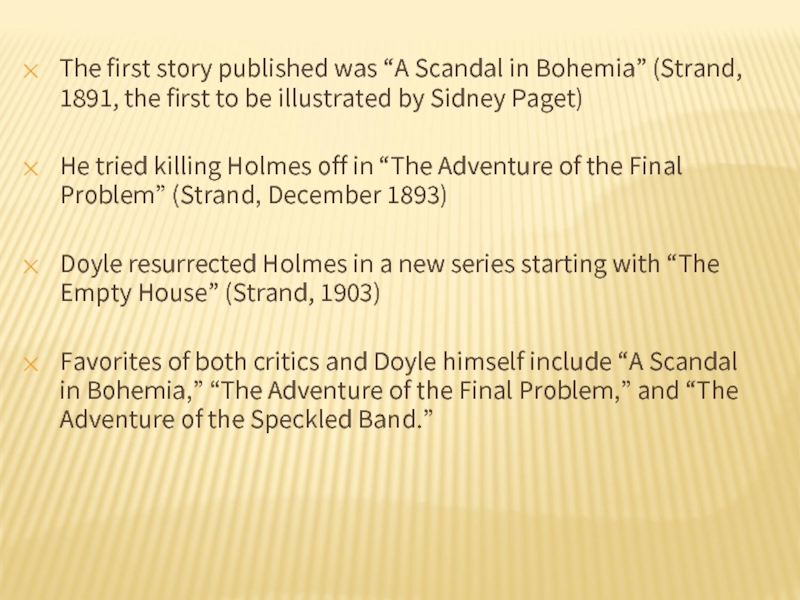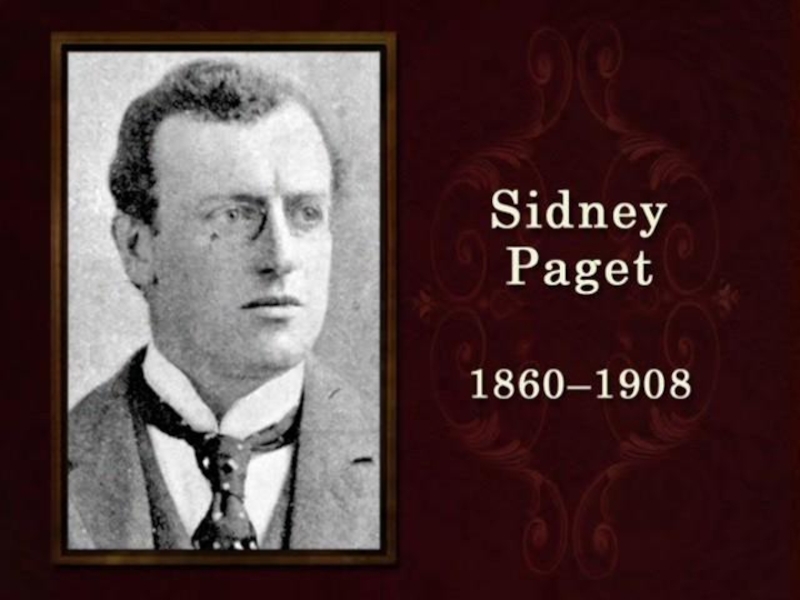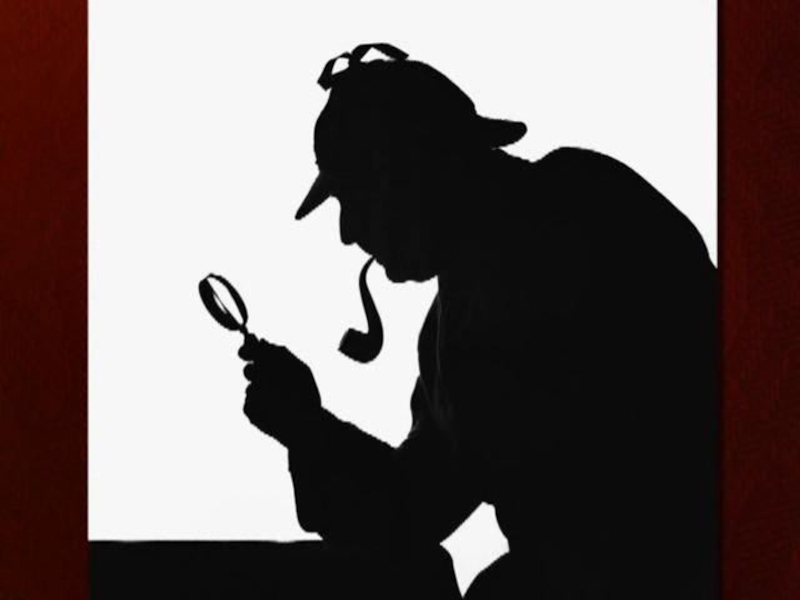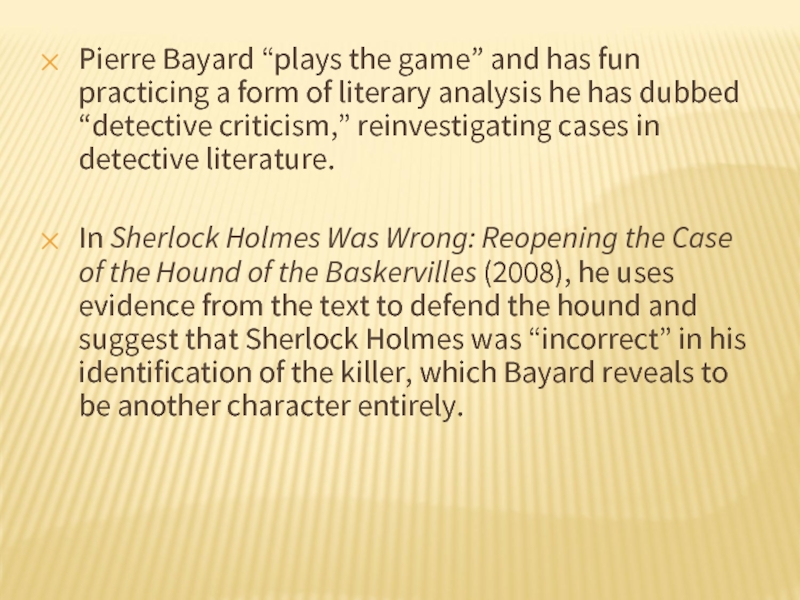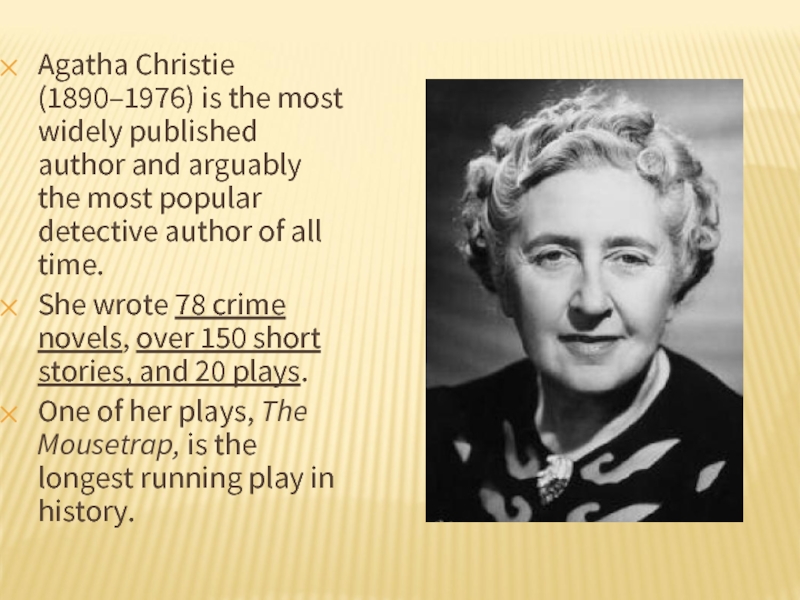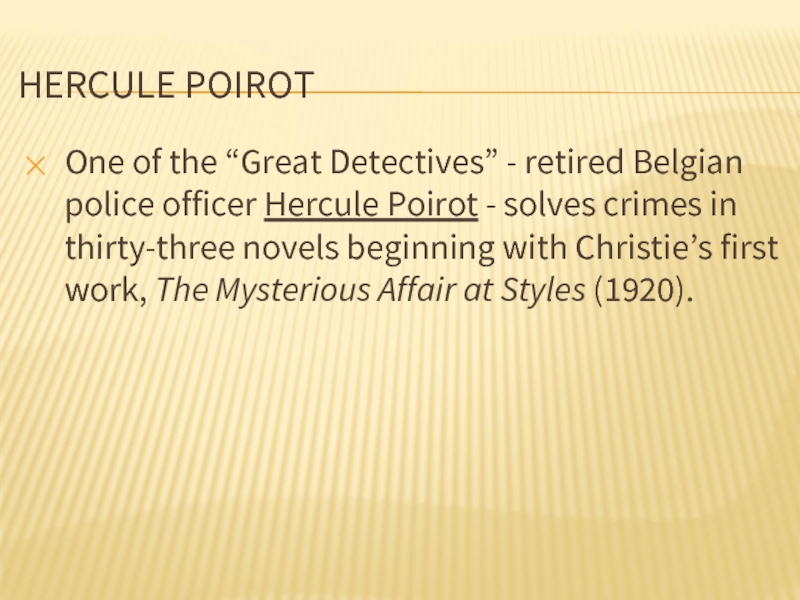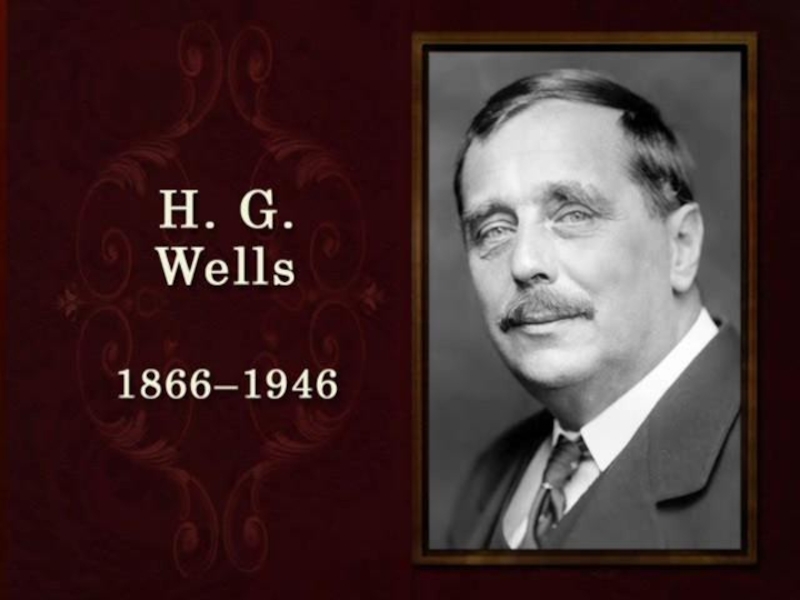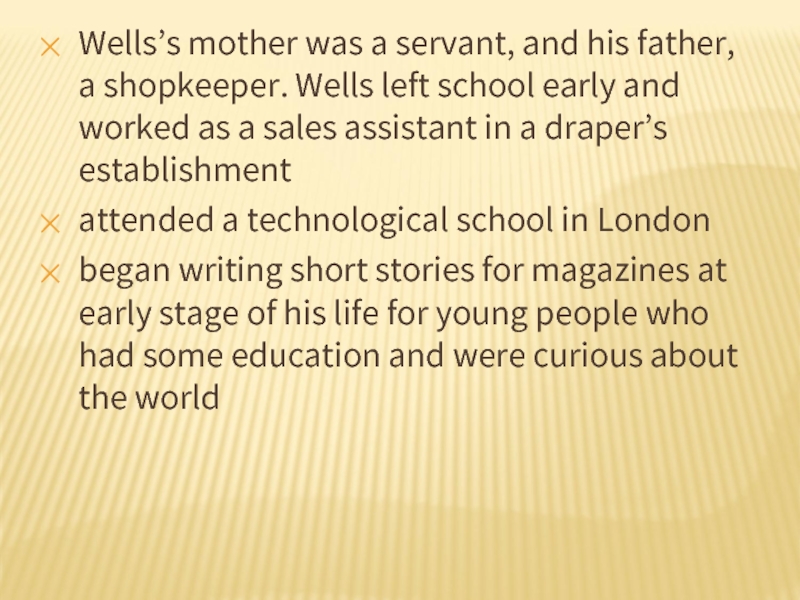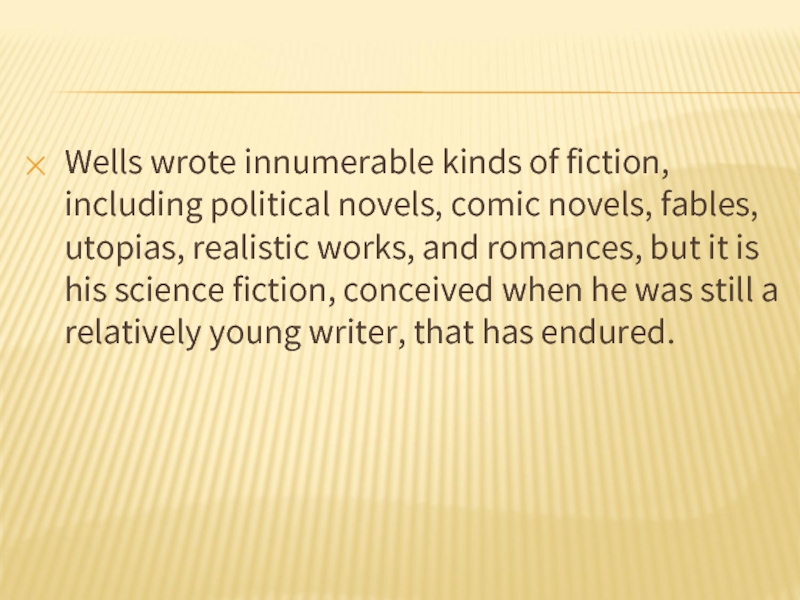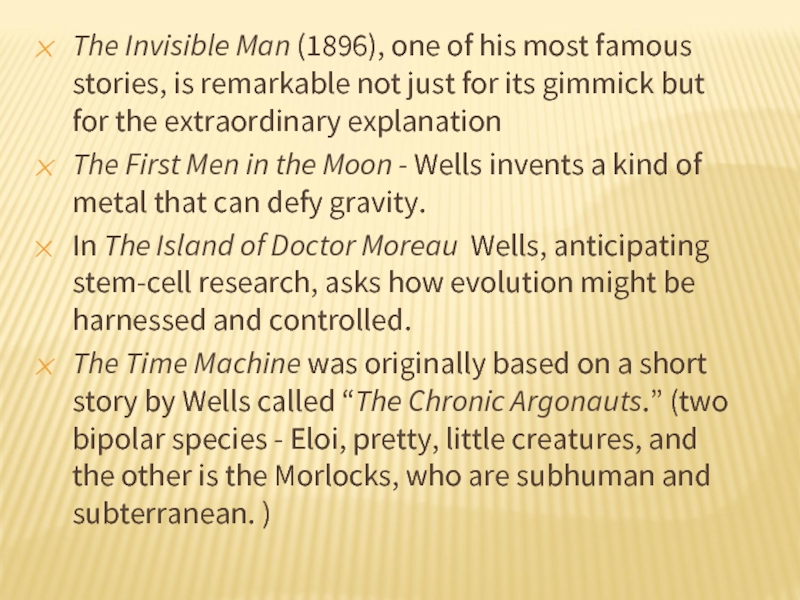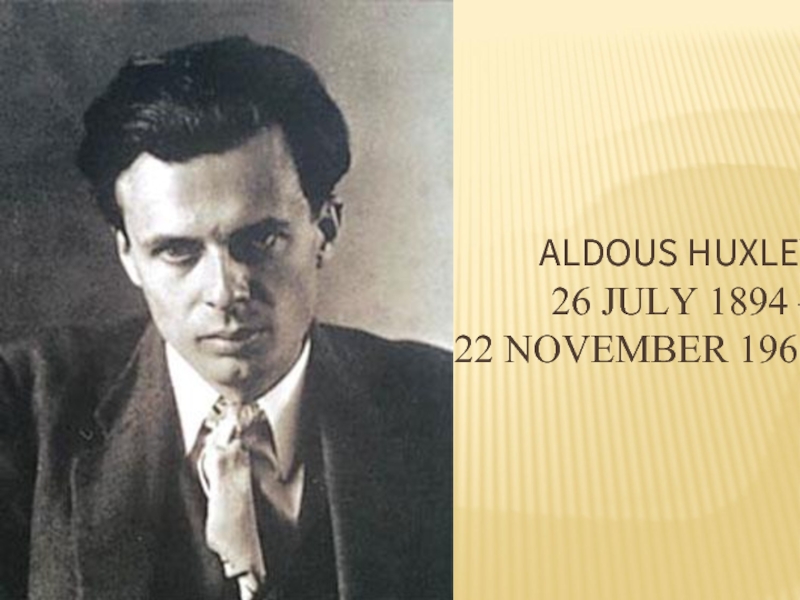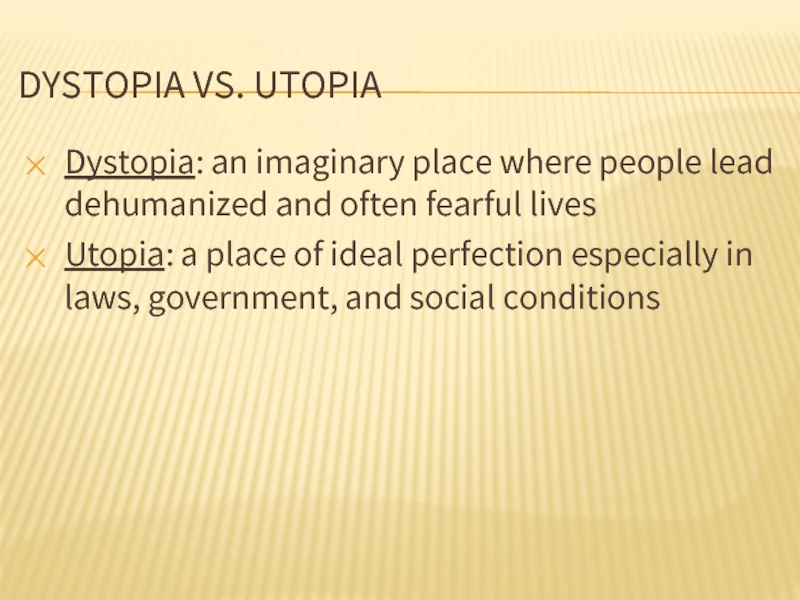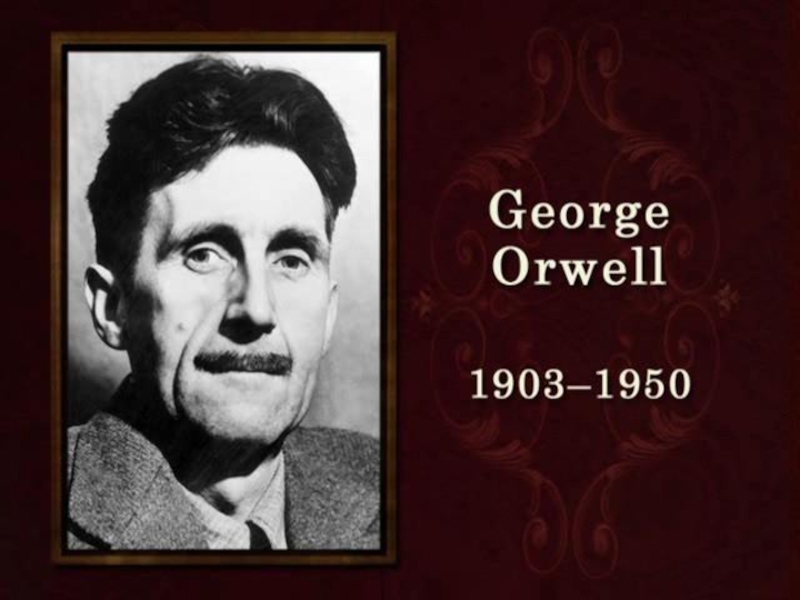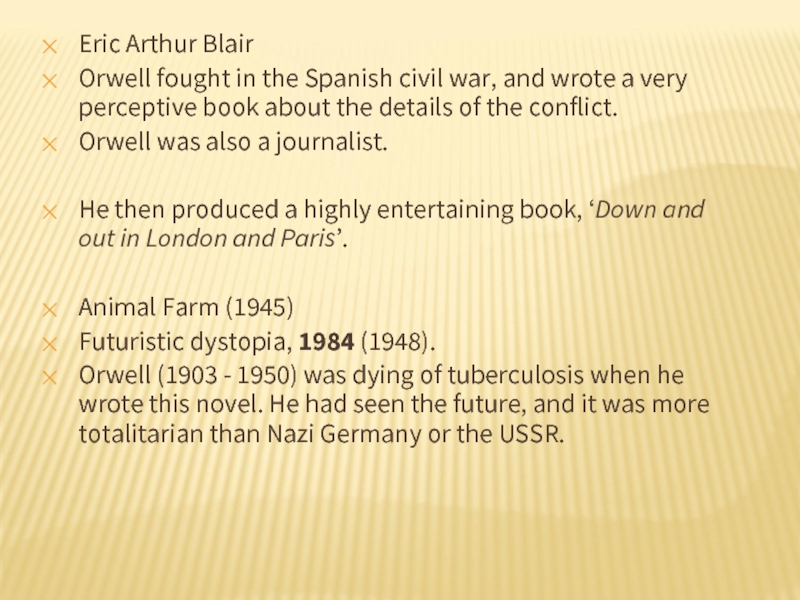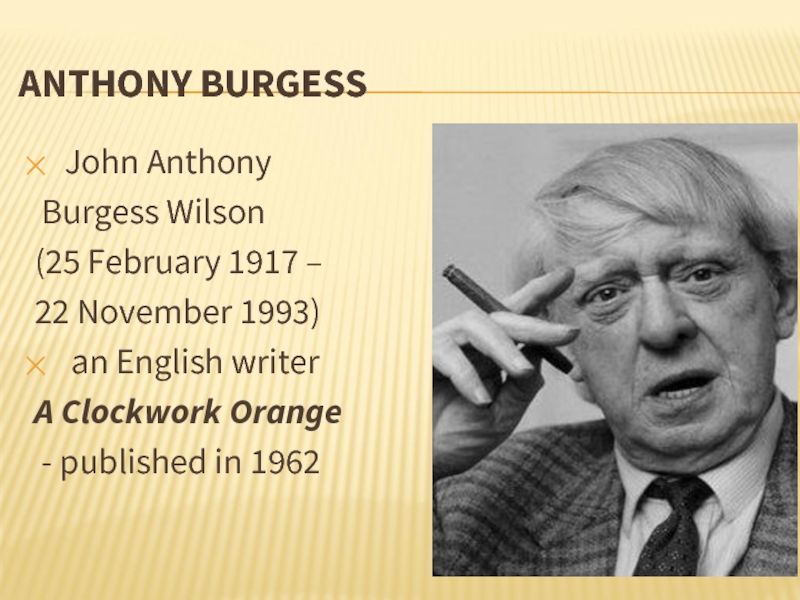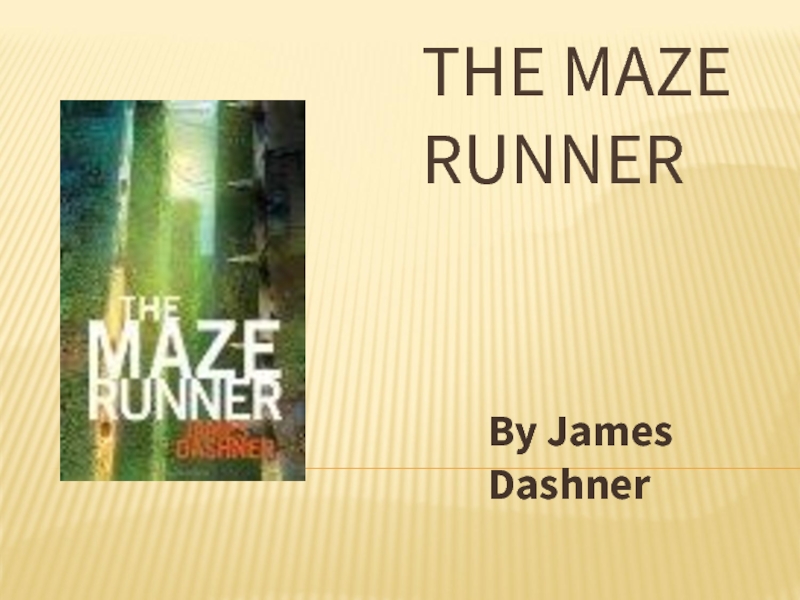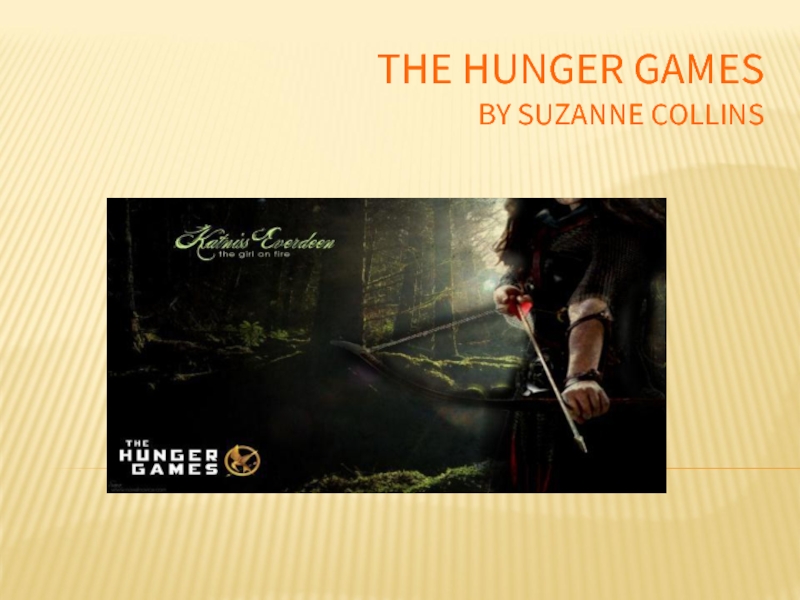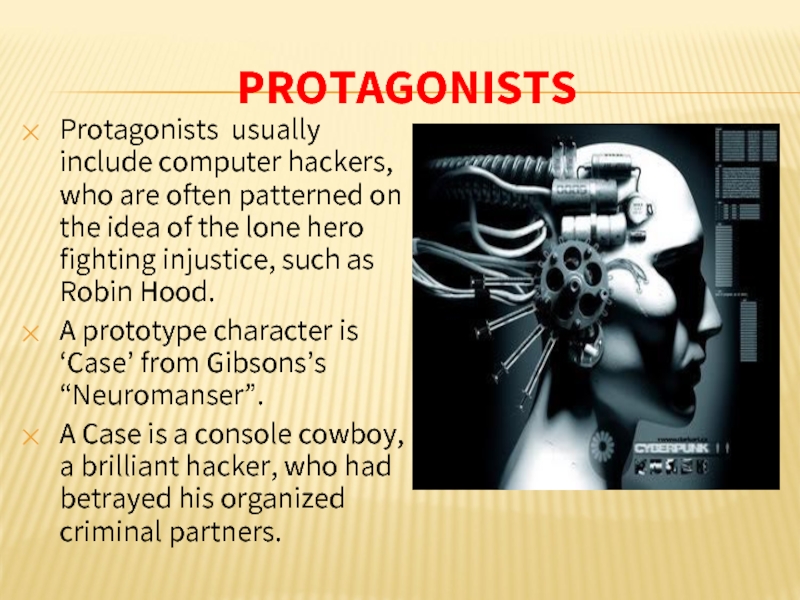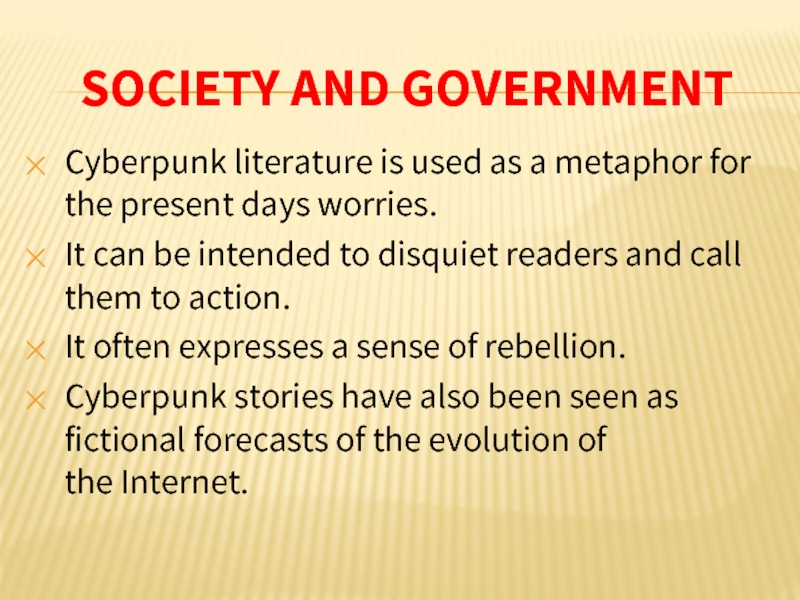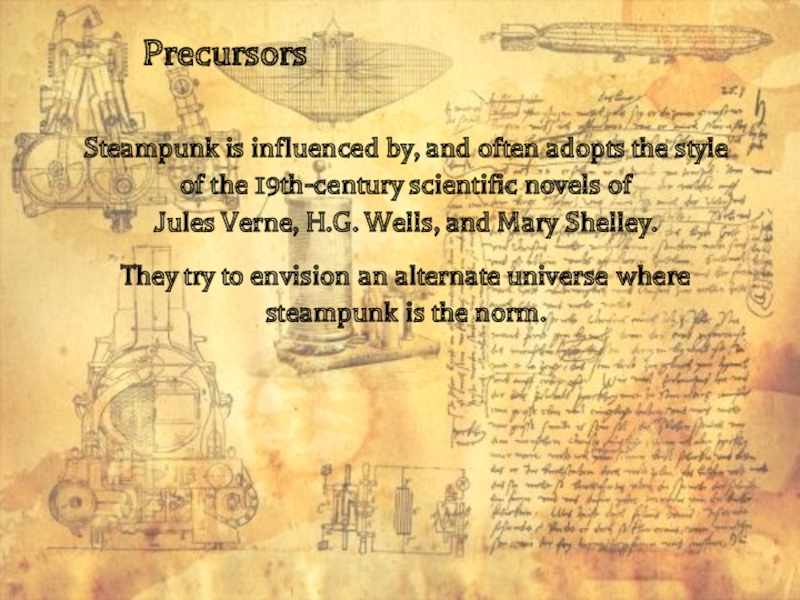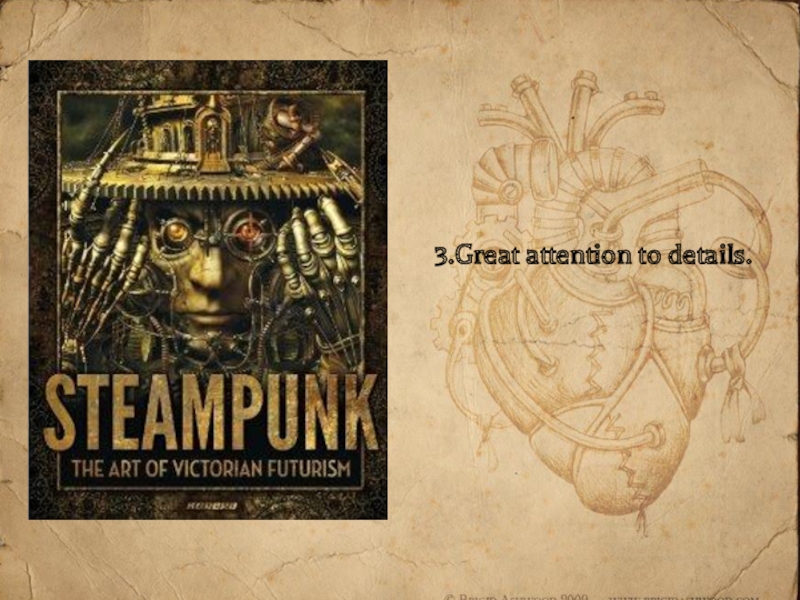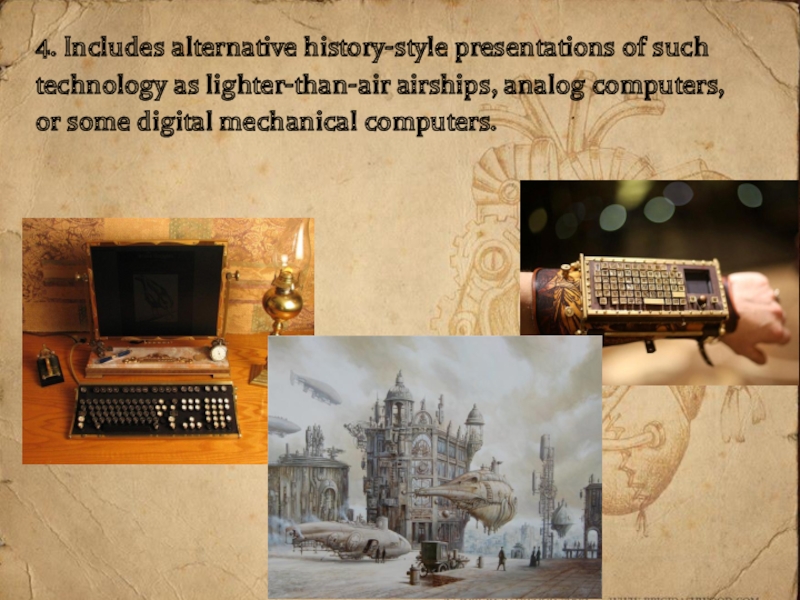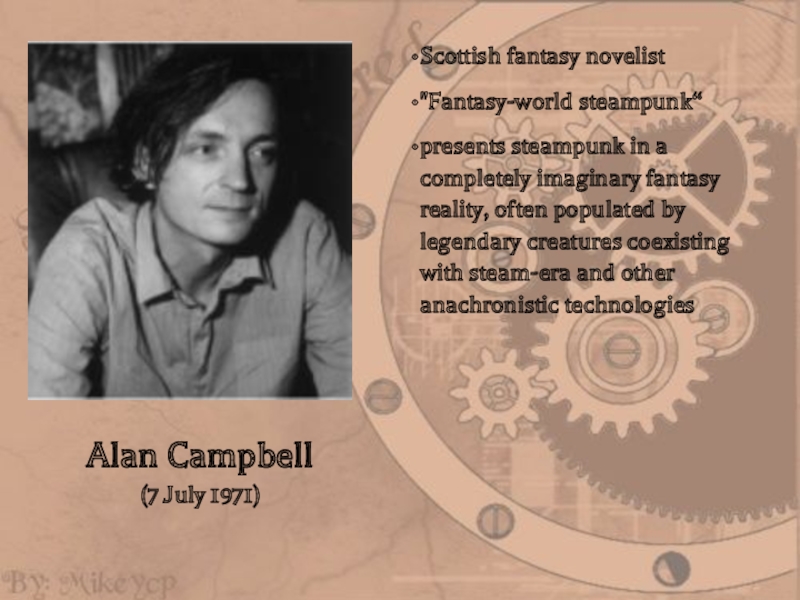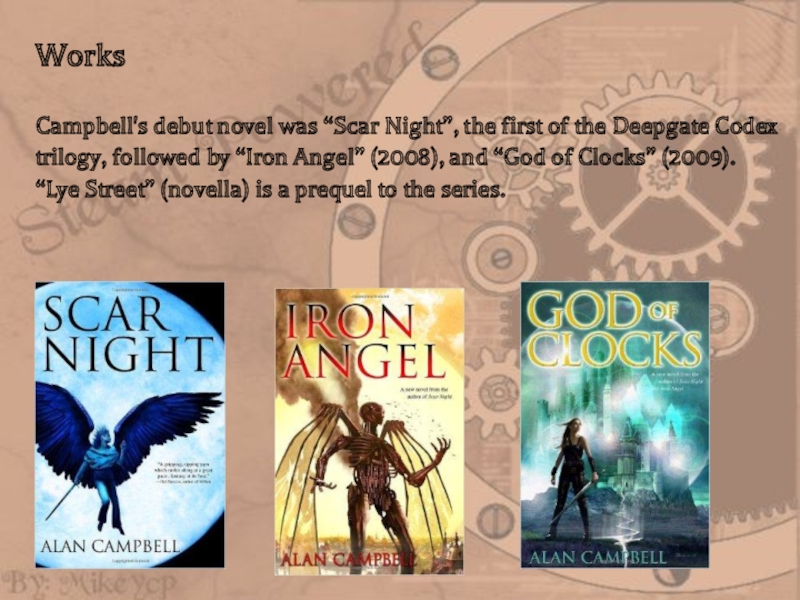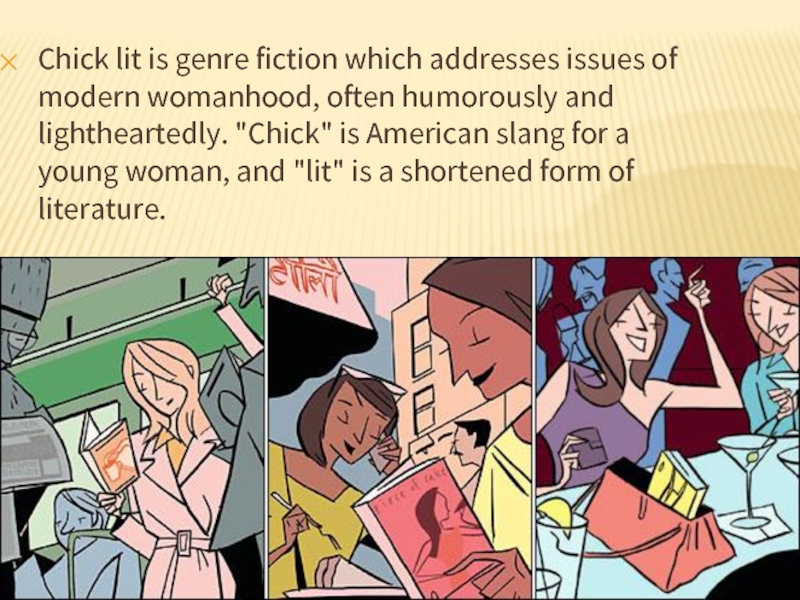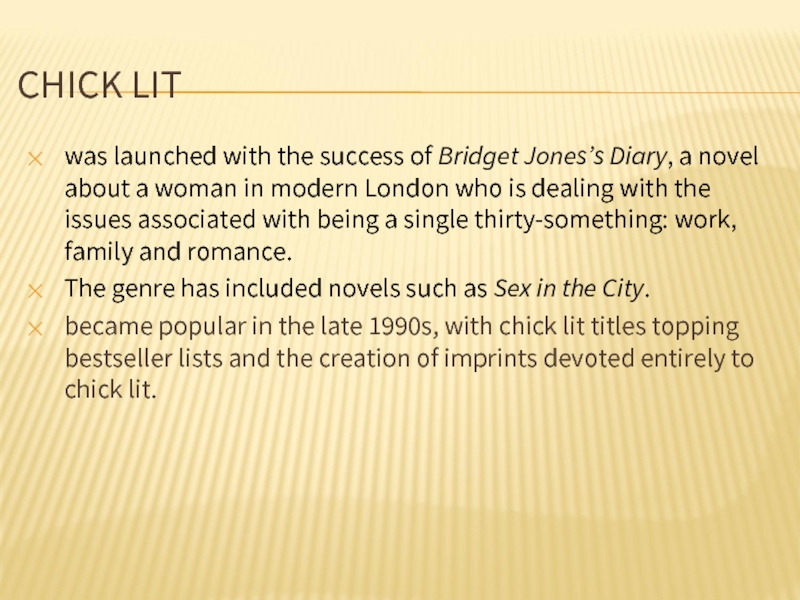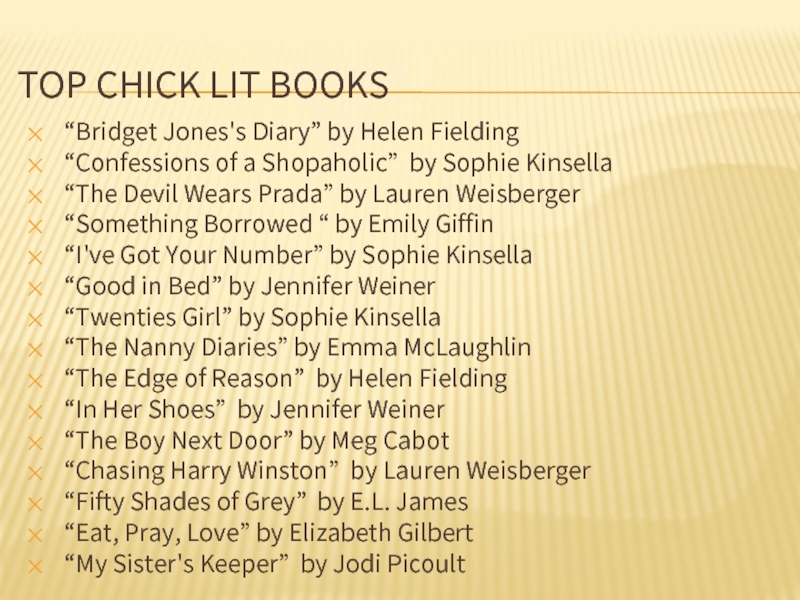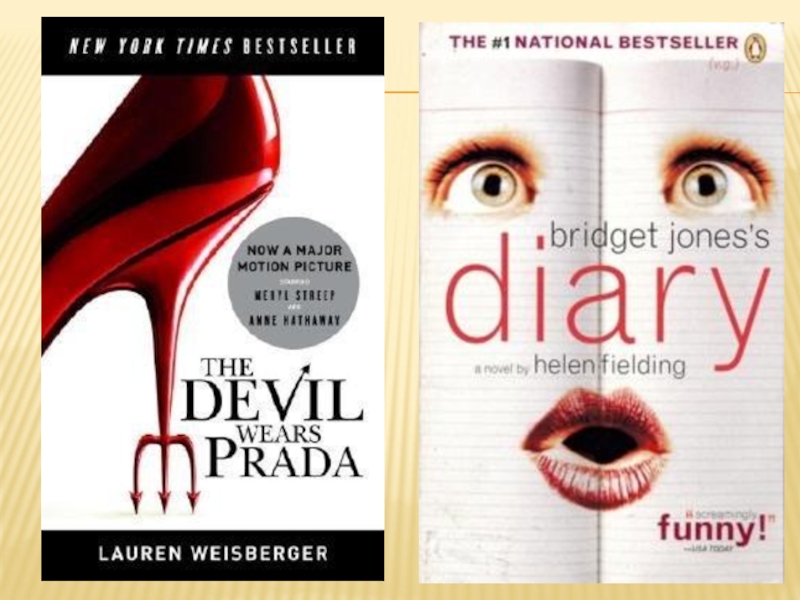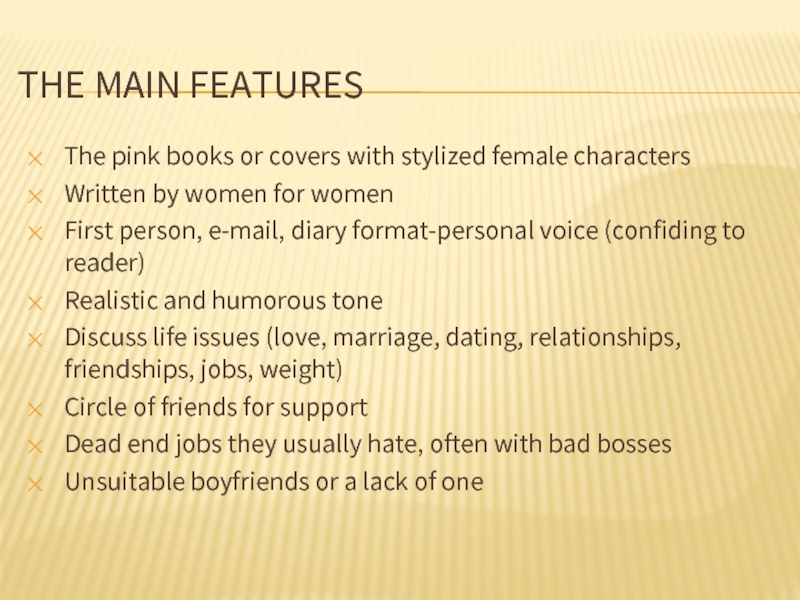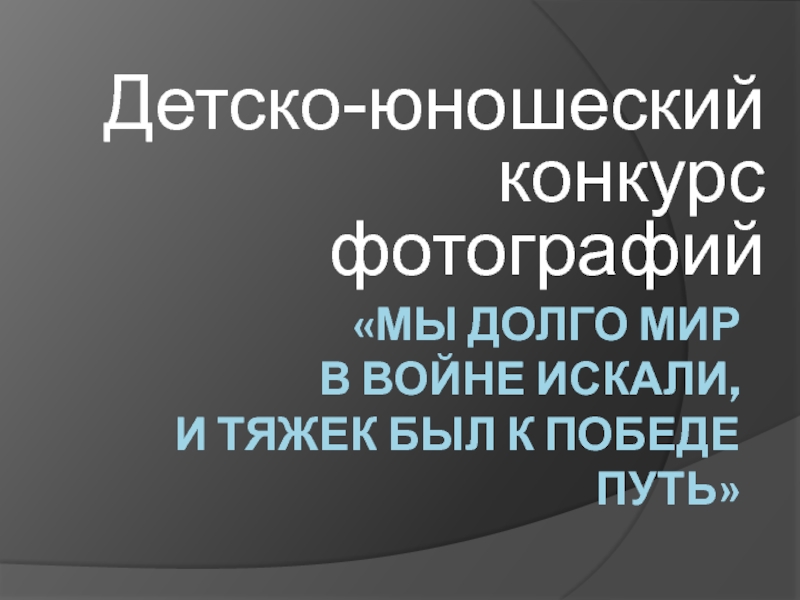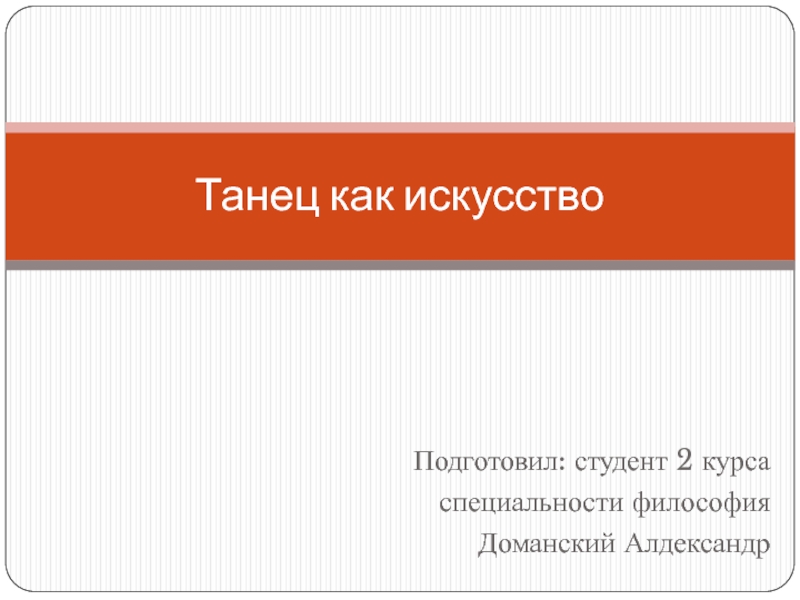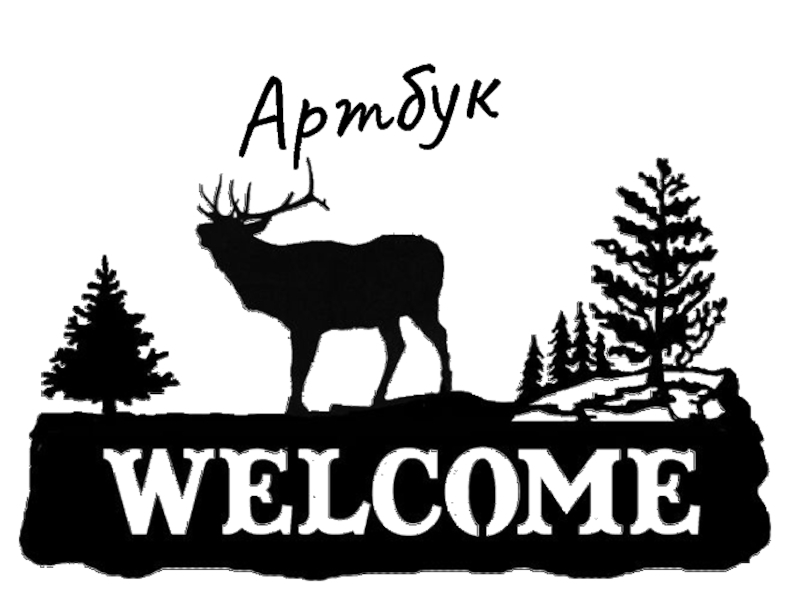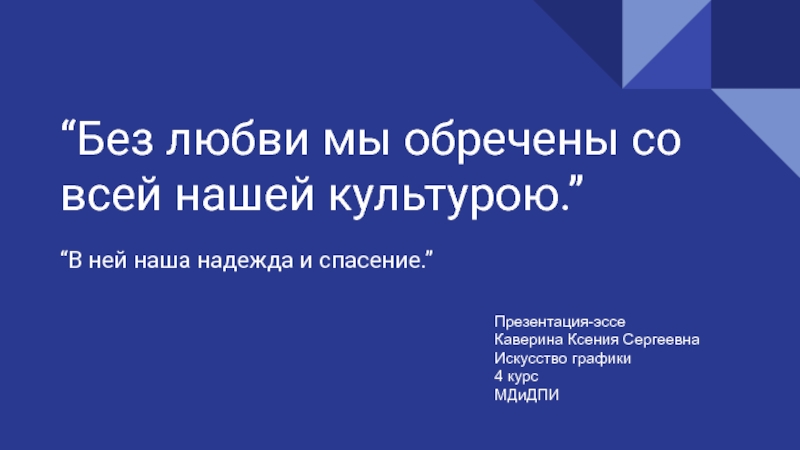- Главная
- Разное
- Дизайн
- Бизнес и предпринимательство
- Аналитика
- Образование
- Развлечения
- Красота и здоровье
- Финансы
- Государство
- Путешествия
- Спорт
- Недвижимость
- Армия
- Графика
- Культурология
- Еда и кулинария
- Лингвистика
- Английский язык
- Астрономия
- Алгебра
- Биология
- География
- Детские презентации
- Информатика
- История
- Литература
- Маркетинг
- Математика
- Медицина
- Менеджмент
- Музыка
- МХК
- Немецкий язык
- ОБЖ
- Обществознание
- Окружающий мир
- Педагогика
- Русский язык
- Технология
- Физика
- Философия
- Химия
- Шаблоны, картинки для презентаций
- Экология
- Экономика
- Юриспруденция
Contemporary British Literature презентация
Содержание
- 1. Contemporary British Literature
- 2. MODERNISM 1900-1945 Rejects Victorian standards of art
- 3. MODERNISM
- 4. MODERNISM
- 5. MODERNISM
- 6. MODERNISM
- 7. MODERNISM
- 8. THE MAIN CHARACTERISTICS OF MODERNISM INCLUDE:
- 9. POSTMODERNISM Postmodernism emerged after the Second World
- 10. “Life has no meaning a
- 11. WHEN?
- 12. POSTMODERN LITERATURE There are a few similarities
- 13. POSTMODERNISM It differs from modernism in its
- 14. POSTMODERNISM Truth is an illusion, misused to
- 15. A List Of Postmodern Characteristics. Irony,
- 16. PASTICHE Many postmodern authors combined, or “pasted”
- 17. TEMPORAL DISTORTION Temporal distortion is a literary
- 18. TECHNOCULTURE AND HYPERREALITY Frederic Jameson called postmodernism
- 19. METAFICTION Writing about writing, often used
- 20. OTHER FEATURES OF POSTMODERNISM Intertextuality Allusions
- 21. POSTMODERN LITERATURE: INFLUENTIAL WORKS Catch 22, Something
- 22. JULIAN PATRICK BARNES He was born
- 23. MAGICAL REALISM Arguably the most important postmodern
- 24. MAGIC REALISM The term "magic realism" appeared
- 30. MAGIC REALISM “Amaryllis Night and Day” by
- 31. SALMAN RUSHDIE “Novels are not
- 32. FATWA – SENTENCE TO DEATH I inform
- 33. INTELLECTUAL NOVEL The term “intellectual novel” was
- 34. THE MOST IMPORTANT FEATURES tendency
- 35. SIR WILLIAM GERALD GOLDING (19 September, 1911 – 19 June, 1993)
- 36. THE LORD OF FLIES a response to
- 37. “The most beautiful thing we can experience
- 38. WHAT IS DETECTIVE FICTION? a narrative in
- 39. DETECTIVE FICTION BY DEFINITION CONTAINS…
- 40. Sleuth: “private eye”/private investigator/detective investigating the case
- 41. WHEN DETECTIVE FICTION APPEARS Poe: the
- 42. LITERATURE SIGNIFICANCE AND RECEPTION "The Murders in
- 43. THE FIRST DETECTIVE NOVEL? William Godwin (1756–1836),
- 44. CONCLUSION Modern detective fiction was born
- 45. TYPES & SUBTYPES (USUALLY RANKED BY
- 46. “whodunit” “cozy” soft-boiled
- 48. born in Edinburgh, of Irish and Catholic
- 50. The first story published was “A Scandal
- 53. Pierre Bayard “plays the game” and has
- 54. Agatha Christie (1890–1976) is the most widely
- 55. HERCULE POIROT One of the “Great Detectives”
- 56. MISS MARPLE Elderly village spinster Miss Marple
- 57. TOMMY & TUPPENCE Tommy & Tuppence -
- 58. SCIENCE AND DETECTIVE FICTION The 1890s saw
- 60. Wells’s mother was a servant, and his
- 61. Wells wrote innumerable kinds of fiction,
- 62. The Invisible Man (1896), one of his
- 63. Wells’s science fiction is a political parable, forecasting a grim future for mankind.
- 64. ALDOUS HUXLEY 26 JULY 1894 – 22 NOVEMBER 1963
- 65. He entered the literary world while he
- 66. DYSTOPIA VS. UTOPIA Dystopia: an imaginary place
- 68. Eric Arthur Blair Orwell fought in the
- 69. ANTHONY BURGESS John Anthony Burgess Wilson
- 70. Societal Critique of Violence -Moral Ambiguity
- 71. THE MAZE RUNNER By James Dashner
- 72. THE MAZE RUNNER SERIES The Maze Runner (2009) The
- 73. THE HUNGER GAMES BY SUZANNE COLLINS
- 74. WHAT IS CYBERPUNK? DEFINITION:
- 75. TOPICAL THEMES Dystopia almost always takes place
- 76. SETTING Writers tend to use elements from
- 77. PROTAGONISTS Protagonists usually include computer hackers, who
- 78. WILLIAM GIBSON is an American-Canadian speculative fiction novelist who has
- 79. SOCIETY AND GOVERNMENT Cyberpunk literature is used
- 80. What is steampunk? is
- 81. Origin of the term The
- 82. Precursors Steampunk is influenced by,
- 83. Main Features: 1.This
- 84. 2. Elements from the
- 85. 3.Great attention to details.
- 86. 4. Includes alternative history-style presentations
- 87. Alan Campbell (7 July 1971)
- 88. Campbell's debut novel was “Scar
- 89. Chick lit is genre fiction which addresses
- 90. CHICK LIT was launched with the success
- 91. TOP CHICK LIT BOOKS “Bridget Jones's Diary”
- 94. THE MAIN FEATURES The pink books or
- 95. MORE MAIN FEATURES Outrageous situations Main character
- 96. OPINIONS “Girl in big city desperately searches
Слайд 2MODERNISM
1900-1945
Rejects Victorian standards of art
Emphasizes impressionism and subjectivity
Moves away from omniscient
Blurs distinctions among genres
Слайд 8THE MAIN CHARACTERISTICS OF MODERNISM INCLUDE:
Different perspectives
Irony and satire
Allusions
unexpected plot or
Stream of consciousness
Open endings
Слайд 9POSTMODERNISM
Postmodernism emerged after the Second World war as a reaction against
Like modernist literature, postmodern literature is part of socio-cultural and historical development and can be seen as a specific way of a depiction of the postmodern life and culture. It shows a crisis of identity of human being (ethnic, sexual, social and cultural).
Слайд 10 “Life has no meaning a priori… It is up
Jean-Paul Sartre
Слайд 11 WHEN?
The term gradually crept in
Joseph Heller «Catch 22»
Слайд 12POSTMODERN LITERATURE
There are a few similarities to modernist literature.
both are usually
explore the external reality to examine the inner states of consciousness of the characters
employ fragmentation in narrative and character construction
reject boundaries between high and low forms of art, reject rigid genre distinctions, emphase pastiche, parody, irony, and playfulness.
Слайд 13POSTMODERNISM
It differs from modernism in its attitude toward a lot of
Modernism, for example, tends to present a fragmented view of human subjectivity and history, but presents that fragmentation as something tragic, something to be lamented and mourned as a loss.
Слайд 14POSTMODERNISM
Truth is an illusion, misused to gain power
Truth and error are
Logic relies on opinions rather than facts
Scientific method unreliable
Speaks out against religious and moral constraints
Morality is personal, subject to personal opinion—private code of conduct
Слайд 15A List Of Postmodern Characteristics.
Irony, playfulness, black humor
Postmodern authors were certainly
Слайд 16PASTICHE
Many postmodern authors combined, or “pasted” elements of previous genres and
The taking of various ideas from previous writings and literary styles and pasting them together to make new styles. (Gaiman)
Слайд 17TEMPORAL DISTORTION
Temporal distortion is a literary technique that uses a nonlinear
Слайд 18TECHNOCULTURE AND HYPERREALITY
Frederic Jameson called postmodernism the “cultural logic of late
Слайд 19METAFICTION
Writing about writing, often used to undermine the authority of
In Kurt Vonnegut’s novel, Slaughterhouse Five, the first chapter is about the writing process of the novel.
Слайд 20OTHER FEATURES OF POSTMODERNISM
Intertextuality
Allusions
Different perspectives
Temporal Distortion
The use of non-linear
Слайд 21POSTMODERN LITERATURE: INFLUENTIAL WORKS
Catch 22, Something Happened – Joseph Heller
Slaughterhouse Five
Lost in the Funhouse – John Barth
The Things They Carried – Tim O’Brien
White Noise – Don DeLillo
Gravity’s Rainbow, The Crying of Lot 49 – Thomas Pynchon
Shōgun - Джеймс Клавелл
Слайд 22JULIAN PATRICK BARNES
He was born 19 January 1946. J. Barnes is
Слайд 23MAGICAL REALISM
Arguably the most important postmodern technique, magical realism is the
Слайд 24MAGIC REALISM
The term "magic realism" appeared in Europe. It was invented
Слайд 30MAGIC REALISM
“Amaryllis Night and Day” by Russell Hoban
“Blackberry wine” Joanne Harris
“The
“The Infernal Desire Machines of Doctor Hoffman”, “The Magic Toyshop”, “Nights at the Circus”, “Wise Children” by Angela Carter
“Lolly Willowes; or The Loving Huntsman” by Sylvia Townsend Warner
“Sexing the Cherry” by Jeanette Winterson
Слайд 31SALMAN RUSHDIE
“Novels are not to lay down rules
but to
b. in Bombay, India to a prosperous family
Moved to England
Received M.A. from King´s College, Cambridge
Worked as an actor, free-lance advertising copy-writer
1989 - “FATWA” - Condemned by to death
The Book of the Pir, 1971
Midnight Children, 1981
Shame, 1983
The Satanic Verses, 1989
Слайд 32FATWA – SENTENCE TO DEATH
I inform all zealous Muslims of the
that the author of the book entitled The Satanic Verses—
which has been compiled, printed and published
in opposition to Islam, the Prophet, and the Qur'an—
and all those involved in its publication
who were aware of its content,
are sentenced to death.
I call on all zealous Muslims
to execute them quickly, wherever they may be found,
so that no one else will dare to insult the Muslim sanctities.
God Willing, whoever is killed on this path is a martyr.
Слайд 33INTELLECTUAL NOVEL
The term “intellectual novel” was suggested by Thomas Mann in
An intellectual novel is the genre that aims to interpret the actualities of any aspect of life, its problems and conflicts. It isn’t connected with subjective prejudice, idealism or romantic colour.
Слайд 34THE MOST IMPORTANT FEATURES
tendency to literal experiments in terms of
intertextuality;
the existence of new worlds;
question – and- answer reading;
the readers should be broad-minded and reasonable;
sometimes nonlinear effect; stylistic redundancy.
Слайд 35SIR WILLIAM GERALD GOLDING
(19 September, 1911 – 19 June, 1993)
British novelist, poet and Nobel Prizer for
He was also awarded the Booker Prize for literature in 1980, for his novel "Rites of Passage," the first book of the trilogy "To the Ends of the Earth".
Слайд 36THE LORD OF FLIES
a response to Robert Michael Ballantyne’s novel “Coral
Golding’s war experience installed him in the idea that evil and cruelty are inherent in the man and cannot be explained only by the pressure of social mechanisms.
He said that the basis of evil is to be found inside the country and its people.
The cruelty of fascism and the war horrors made the writer think over the fate of mankind and nature of man.
Слайд 37“The most beautiful thing we can experience is the mysterious.
It
~Albert Einstein
Слайд 38WHAT IS DETECTIVE FICTION?
a narrative in which a main character solves
The solving of the crime is the driving force for both plot and character; the reader tries to solve the crime along with the detective.
Слайд 40Sleuth: “private eye”/private investigator/detective investigating the case
Sidekick: ”helper,” person/animal who helps
Victim: person to whom the crime happened
Suspect: a person who may be involved in the crime
Witness: someone who saw what happened
Culprit: person who committed or assists in the crime / a villain
Fugitive: person running from the law
Origins of the genre are difficult to define
Слайд 41WHEN DETECTIVE FICTION APPEARS
Poe: the founder of the genre
The Murders In
The Mystery Of Marie Roget (1842)
The Purloined Letter (1844)
Five locked-room mysteries
First great detective: C. Auguste Dupin
Слайд 42LITERATURE SIGNIFICANCE AND RECEPTION
"The Murders in the Rue Morgue": " changed
"The Murders in the Rue Morgue" also established many tropes that would become common elements in mystery fiction: the eccentric but brilliant detective, the bumbling constabulary, the first-person narration by a close personal friend.
Poe also initiates the storytelling device where the detective announces his solution and then explains the reasoning leading up to it.
Слайд 43THE FIRST DETECTIVE NOVEL?
William Godwin (1756–1836), an English journalist, political philosopher,
Charles Dickens’s Bleak House (installments, 1852–53), The Mystery of Edwin Drood (1870)
Wilkie Collins The Moonstone
(1868) - an example of
Sensation fiction
(HIBK) - Charlotte Bronte’s Jane Eyre,
Wilkie Collins’s The Woman in White
Слайд 44CONCLUSION
Modern detective fiction was born in part from related literary genres
Слайд 45TYPES & SUBTYPES
(USUALLY RANKED BY THE SLEUTH INVOLVED )
The amateur
The private investigator (or private eye) sleuth
Police sleuth stories
“cozy”, hard-boiled, espionage, techno-thriller, historical, medical, legal, ethnic, “whodunit,” “whydunit,” “how-catchem”
Слайд 46“whodunit”
“cozy”
soft-boiled
hard-boiled
Espionage
techno-thriller
Whodunnit
whydunit”
how-catchem
The plot opens with the discovery of a dead body.
These novels generally shy away from violence and suspense and frequently feature female amateur detectives
The action can be high on the description of violence, sexual content and uses the language of the street
A story about a secret agent (spy) or military personnel member who is sent on a secret espionage mission
hybrid genre, drawing subject matter generally from spy thrillers, war novels, and political narratives, and including a disproportionate amount of technical detail on its subject matter
Слайд 48born in Edinburgh, of Irish and Catholic background
trained to be
short stories, novels, historical fiction, science romances, and verse, most famous for the fifty-six short stories and four longer stories that make up the Holmes canon.
Слайд 50The first story published was “A Scandal in Bohemia” (Strand, 1891,
He tried killing Holmes off in “The Adventure of the Final Problem” (Strand, December 1893)
Doyle resurrected Holmes in a new series starting with “The Empty House” (Strand, 1903)
Favorites of both critics and Doyle himself include “A Scandal in Bohemia,” “The Adventure of the Final Problem,” and “The Adventure of the Speckled Band.”
Слайд 53Pierre Bayard “plays the game” and has fun practicing a form
In Sherlock Holmes Was Wrong: Reopening the Case of the Hound of the Baskervilles (2008), he uses evidence from the text to defend the hound and suggest that Sherlock Holmes was “incorrect” in his identification of the killer, which Bayard reveals to be another character entirely.
Слайд 54Agatha Christie (1890–1976) is the most widely published author and arguably
She wrote 78 crime novels, over 150 short stories, and 20 plays.
One of her plays, The Mousetrap, is the longest running play in history.
Слайд 55HERCULE POIROT
One of the “Great Detectives” - retired Belgian police officer
Слайд 56MISS MARPLE
Elderly village spinster Miss Marple uses her understanding of human
Debuted in the short story collection Tuesday Club Murders (1927) – one of Christie’s best works.
Слайд 57TOMMY & TUPPENCE
Tommy & Tuppence - Christie’s romantic couple turned sleuths
“Willing
go anywhere.
Pay must be good. No
unreasonable offer
refused”
Слайд 58SCIENCE AND DETECTIVE FICTION
The 1890s saw the emergence of other genres
Слайд 60Wells’s mother was a servant, and his father, a shopkeeper. Wells
attended a technological school in London
began writing short stories for magazines at early stage of his life for young people who had some education and were curious about the world
Слайд 61
Wells wrote innumerable kinds of fiction, including political novels, comic novels,
Слайд 62The Invisible Man (1896), one of his most famous stories, is
The First Men in the Moon - Wells invents a kind of metal that can defy gravity.
In The Island of Doctor Moreau Wells, anticipating stem-cell research, asks how evolution might be harnessed and controlled.
The Time Machine was originally based on a short story by Wells called “The Chronic Argonauts.” (two bipolar species - Eloi, pretty, little creatures, and the other is the Morlocks, who are subhuman and subterranean. )
Слайд 65He entered the literary world while he was at Oxford, and
Aldous Huxley was a humanist and pacifist, and he was
interested in spiritual subjects such as parapsychology and philosophical mysticism. He is also well known for advocating and taking psychedelics
Notable works:
Brave New World,
Island, Point Counter Point,
The Doors of Perception
Слайд 66DYSTOPIA VS. UTOPIA
Dystopia: an imaginary place where people lead dehumanized and
Utopia: a place of ideal perfection especially in laws, government, and social conditions
Слайд 68Eric Arthur Blair
Orwell fought in the Spanish civil war, and wrote
Orwell was also a journalist.
He then produced a highly entertaining book, ‘Down and out in London and Paris’.
Animal Farm (1945)
Futuristic dystopia, 1984 (1948).
Orwell (1903 - 1950) was dying of tuberculosis when he wrote this novel. He had seen the future, and it was more totalitarian than Nazi Germany or the USSR.
Слайд 69ANTHONY BURGESS
John Anthony
Burgess Wilson
(25 February 1917 –
22 November 1993)
an English writer
A
- published in 1962
Слайд 70Societal Critique of Violence
-Moral Ambiguity of Violence
-Youth/Gang Culture
-The State
-Tenticles of the
-Language & Divisions of Violence
-Cyclical Nature of Violence
-Narrator, Reliability, Point of View
Слайд 72THE MAZE RUNNER SERIES
The Maze Runner (2009)
The Scorch Trials (2010)
The Death Cure (2011)
The Kill Order (2012)
The
Слайд 74WHAT IS CYBERPUNK?
DEFINITION:
- a cult genre of
Слайд 75TOPICAL THEMES
Dystopia
almost always takes place in a world where the majority
Hard-boiled/Noir
stage is usually set for unusual crimes or novel situations created by the interactions of humans with new technology
the confluence of humanity and technology is represented in cyberpunk not just by plugging people into computers, but also by plugging computers into people
characters sport technological or vanity-driven modifications to their bodies such as jacked-up nerves, integrated optical displays, native connectivity, etc.
Слайд 76SETTING
Writers tend to use elements from the hard-boiled detective novel, film
Actions takes place online, in cyberspace.
Direct connection between the human brain and computer system.
Depicts the world as a dark, sinister place.
Слайд 77PROTAGONISTS
Protagonists usually include computer hackers, who are often patterned on the
A prototype character is ‘Case’ from Gibsons’s “Neuromanser”.
A Case is a console cowboy, a brilliant hacker, who had betrayed his organized criminal partners.
Слайд 78WILLIAM GIBSON
is an American-Canadian speculative fiction novelist who has been called the "noir prophet"
Gibson coined the term "cyberspace" in his short story "Burning Chrome" (1982) and later popularized the concept in his debut novel, Neuromancer (1984). In envisaging cyberspace, Gibson created an iconography for the information age before the ubiquity of the Internet in the 1990s.
He is also credited with predicting the rise of reality television and with establishing the conceptual foundations for the rapid growth of virtual environments such as video games and the World Wide Web.
Слайд 79SOCIETY AND GOVERNMENT
Cyberpunk literature is used as a metaphor for the
It can be intended to disquiet readers and call them to action.
It often expresses a sense of rebellion.
Cyberpunk stories have also been seen as fictional forecasts of the evolution of the Internet.
Слайд 80
What is steampunk?
is a sub-genre of science fiction
a subset of
typically features steam-powered machinery
inspired by the Industrial Revolution of Victorian England and industrialization of American Western civilization during the 19th century.
The main point is to reinvent modern technology, gadgets, architecture, vehicles, and fashion as the people of the Victorian period might have envisioned them.
Слайд 81
Origin of the term
The term “steampunk” originated in the late 1980s
It seems to have been coined by science fiction author K. W. Jeter, who was trying to find a general term for works by Tim Powers (The Anubis Gates, 1983); James Blaylock (Homunculus, 1986) and himself (Morlock Night, 1979, and Infernal Devices, 1987)—all of which took place in a 19th-century (usually Victorian) setting and imitated conventions of such actual Victorian speculative fiction as H. G. Wells' The Time Machine. In a letter to science fiction magazine “Locus”, printed in the April 1985, Jeter wrote:
Dear Locus,
Personally, I think Victorian fantasies are going to be the next big thing, as long as we can come up with a fitting collective term for Powers, Blaylock and myself. Something based on the appropriate technology of the era; like 'steam-punks', perhaps.
K.W. Jeter
Слайд 82
Precursors
Steampunk is influenced by, and often adopts the style of the
They try to envision an alternate universe where steampunk is the norm.
Слайд 83
Main Features:
1.This retro-futuristic culture tends to be dark, grim, and features
Слайд 84
2. Elements from the genres of fantasy, horror, historical fiction, alternate history, or other
Слайд 86
4. Includes alternative history-style presentations of such technology as lighter-than-air airships,
Слайд 87
Alan Campbell
(7 July 1971)
Scottish fantasy novelist
"Fantasy-world steampunk“
presents steampunk in a completely
Слайд 88
Campbell's debut novel was “Scar Night”, the first of the Deepgate
“Lye Street” (novella) is a prequel to the series.
Works
Слайд 89Chick lit is genre fiction which addresses issues of modern womanhood,
Слайд 90CHICK LIT
was launched with the success of Bridget Jones’s Diary, a
The genre has included novels such as Sex in the City.
became popular in the late 1990s, with chick lit titles topping bestseller lists and the creation of imprints devoted entirely to chick lit.
Слайд 91TOP CHICK LIT BOOKS
“Bridget Jones's Diary” by Helen Fielding
“Confessions of a
“The Devil Wears Prada” by Lauren Weisberger
“Something Borrowed “ by Emily Giffin
“I've Got Your Number” by Sophie Kinsella
“Good in Bed” by Jennifer Weiner
“Twenties Girl” by Sophie Kinsella
“The Nanny Diaries” by Emma McLaughlin
“The Edge of Reason” by Helen Fielding
“In Her Shoes” by Jennifer Weiner
“The Boy Next Door” by Meg Cabot
“Chasing Harry Winston” by Lauren Weisberger
“Fifty Shades of Grey” by E.L. James
“Eat, Pray, Love” by Elizabeth Gilbert
“My Sister's Keeper” by Jodi Picoult
Слайд 94THE MAIN FEATURES
The pink books or covers with stylized female characters
Written by women for women
First person, e-mail, diary format-personal voice (confiding to reader)
Realistic and humorous tone
Discuss life issues (love, marriage, dating, relationships, friendships, jobs, weight)
Circle of friends for support
Dead end jobs they usually hate, often with bad bosses
Unsuitable boyfriends or a lack of one
Слайд 95MORE MAIN FEATURES
Outrageous situations
Main character drifting through life
Obsessed with fashion, weight,
Dating
Relationships and situations as they appear in modern life
This is a genre that makes us laugh and cry
The personal growth of a woman or a small group of women
Sex in chick lit is often incidental
Слайд 96OPINIONS
“Girl in big city desperately searches for Mr. Right in between
“It’s like having a best friend tell you about her life or watching various characters go through things you have gone through yourself, or witnessed others going through.”
“These are stories about women that we know—in fact women that we are or were. The women in these stories are familiar to us. They are our next door neighbors, our sisters-in-law, our bosses, or our best friends.”
